30 ways to prune flowers, save them and you will definitely need them in spring
Everything sprouts in spring, which is the best time for pruning. If you prune well in spring, the flowers will grow vigorously all year round. But some flowers are suitable for pruning and some are not. Today Huahua will give you a detailed introduction to the spring pruning methods of 30 common flowers. It is the most comprehensive on the entire Internet. Don’t miss it!

You don't need to prune hydrangeas in spring, because they won't bloom if you do!
Most hydrangeas bloom on old branches, so it is not recommended to prune too much in spring, just cut off the useless branches.
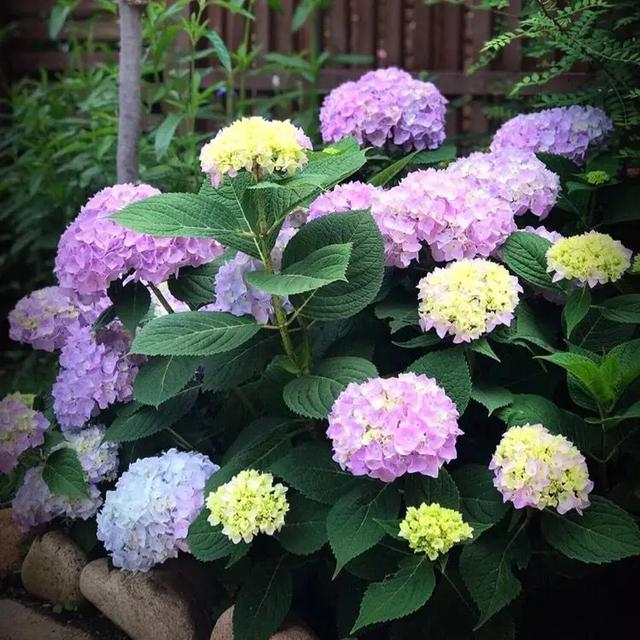
1. Cut off diseased branches, weak branches and dead branches without buds to concentrate nutrients on strong branches for flowering to avoid wasting nutrients.
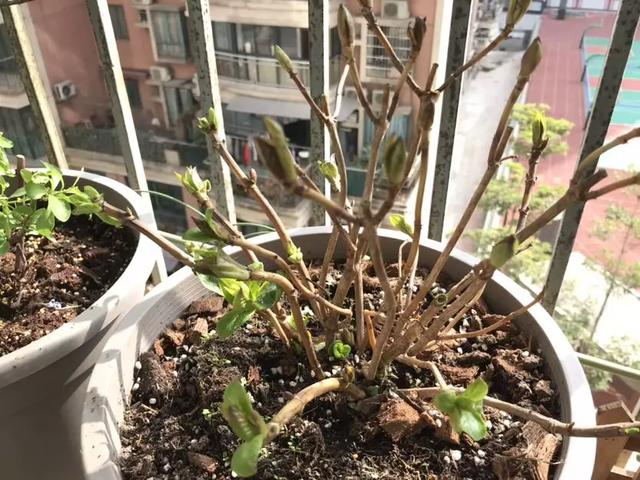
2. Another important point is to clean up the fallen leaves in the pot, because these leaves accumulate in the pot and are prone to attract diseases and pests.
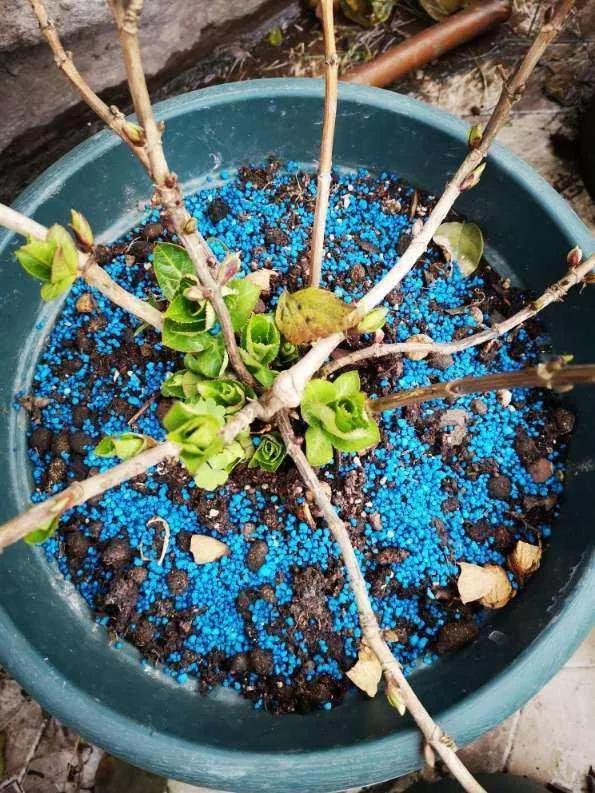

Bougainvillea is resistant to pruning, the more you prune, the more flowers it blooms!
Bougainvillea is resistant to pruning. The more it is pruned, the more flowers it will bloom. If it is not pruned, it will often grow branches in a messy and aggressive manner and will not bloom. So in addition to pruning the branches after each flowering, you can also prune it to shape it in spring.
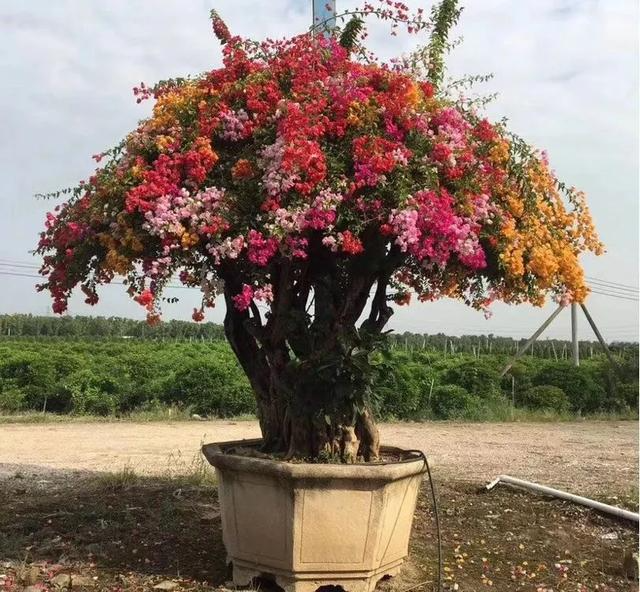
1. For plants with relatively regular shapes, only lightly prune the branches that affect the shape, and at the same time cut off dead branches, overcrowded branches, and diseased and insect-infested branches.
Before pruning:
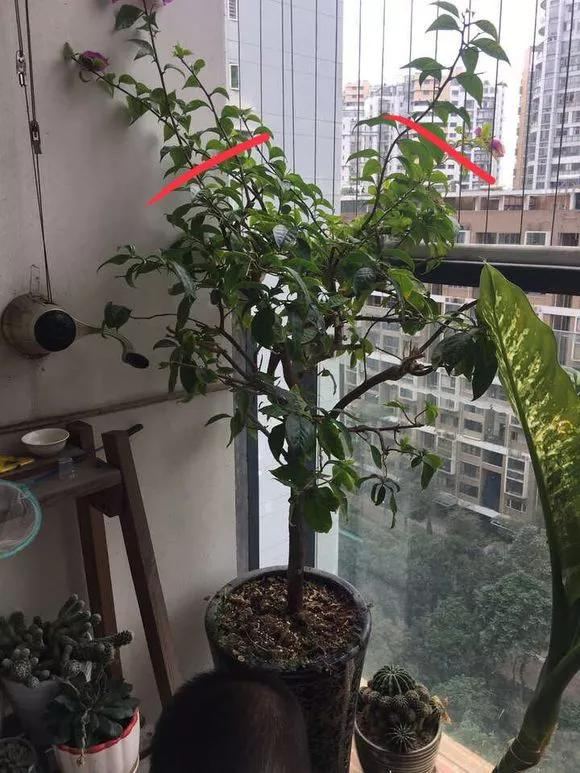
After pruning:
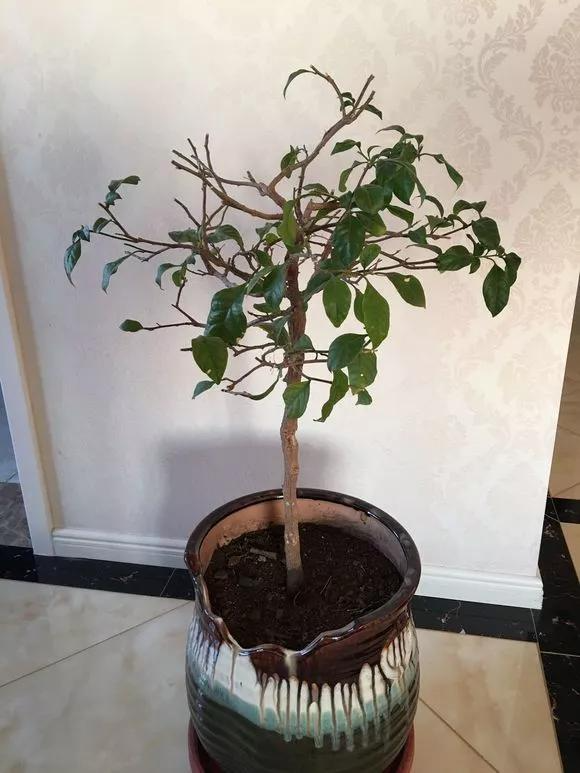
2. For bougainvillea that is seriously overgrown and out of shape, you need to be ruthless and prune it heavily. Remember that after pruning, the remaining buds should face outwards, not inwards to affect the light.
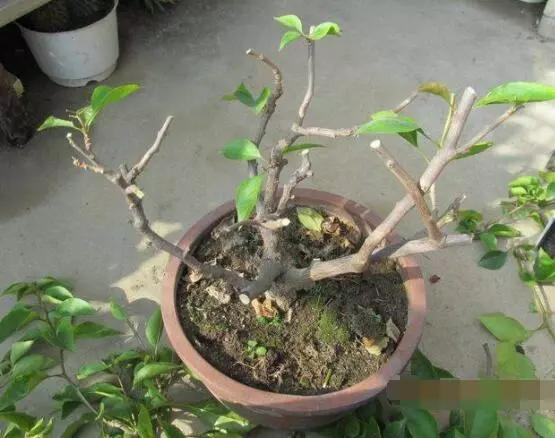

Milan can be pruned hard in spring, the more it blooms!
Milan grows vigorously in spring and summer. You can wait until spring gets warmer and the temperature is above 18 degrees, then prune it well. If you do it well, it will have lush branches and leaves in just a month.
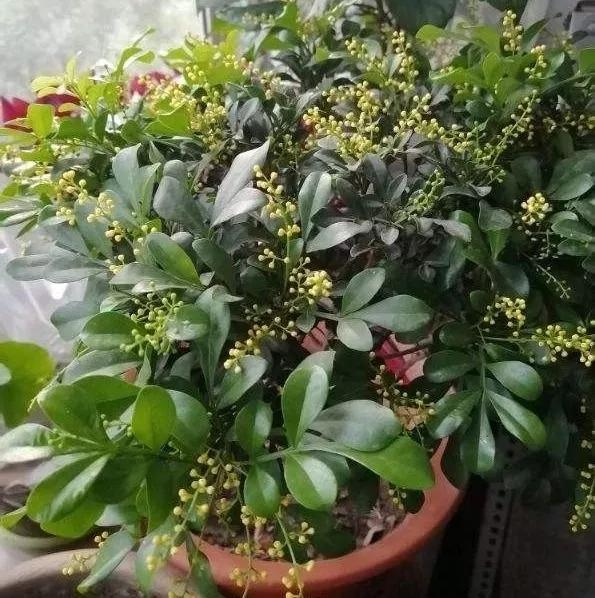
1. For Milan plants with good plant shape, cut off dead and diseased branches, cut off overgrown branches, and pinch the top of each branch to allow it to grow more side branches and bloom more flowers.
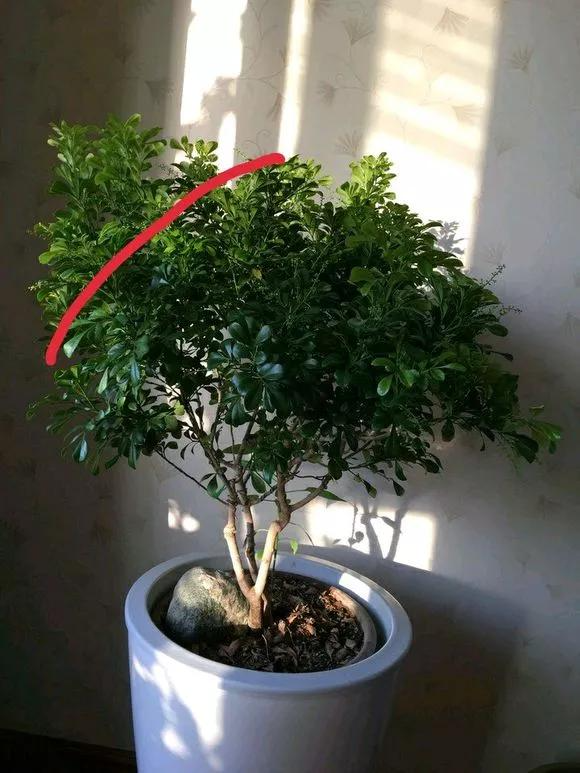
Image by: Bing Duoer syf
2. Generally speaking, most Milans are cut into mushroom-shaped shapes, which makes trimming easier and produces the most flowers.
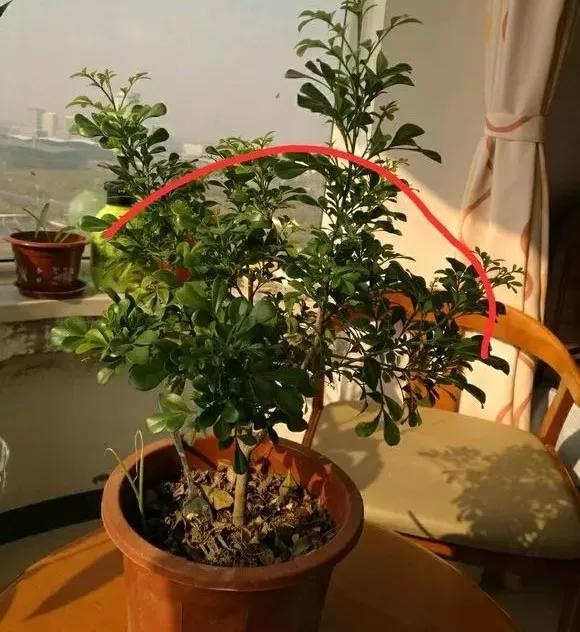
Image by: Glorious Years
3. If the Milan plant in your home has a very weak shape, or has serious problems such as root rot, diseases and insect pests, you need to prune it heavily. After pruning, expose it to the sun as much as possible, control watering, and ensure that the temperature is above 18 degrees. Dense buds will soon emerge.
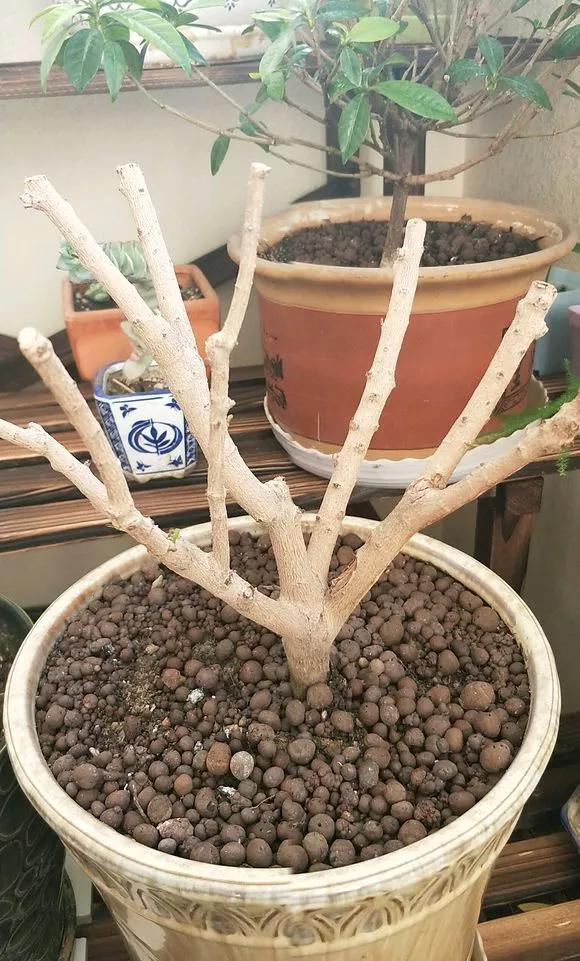
Image by: Delete

If you cut the Christmas cactus (Fairy Finger) in time after it blooms, it can bloom again!
The flowering period of Christmas cactus (Cactus Finger) is not long, but it is really charming after it blooms. For most flower lovers, Christmas cactus (Cactus Finger) only blooms once a year, but if it is pruned properly, it can bloom 2-3 times a year.
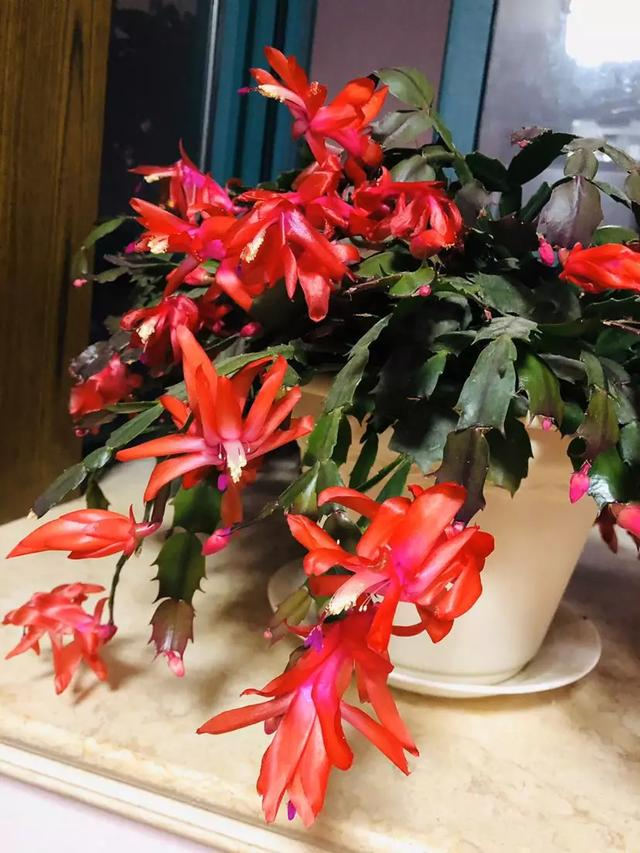
1. After the Christmas cactus (Cactus finger) has finished blooming, cut off the remaining flowers and 1-2 leaves under the flowers. If there are few leaves, you can just cut off the remaining flowers. After cutting, you can apply some phosphorus and potassium fertilizers to continue to promote flowering.
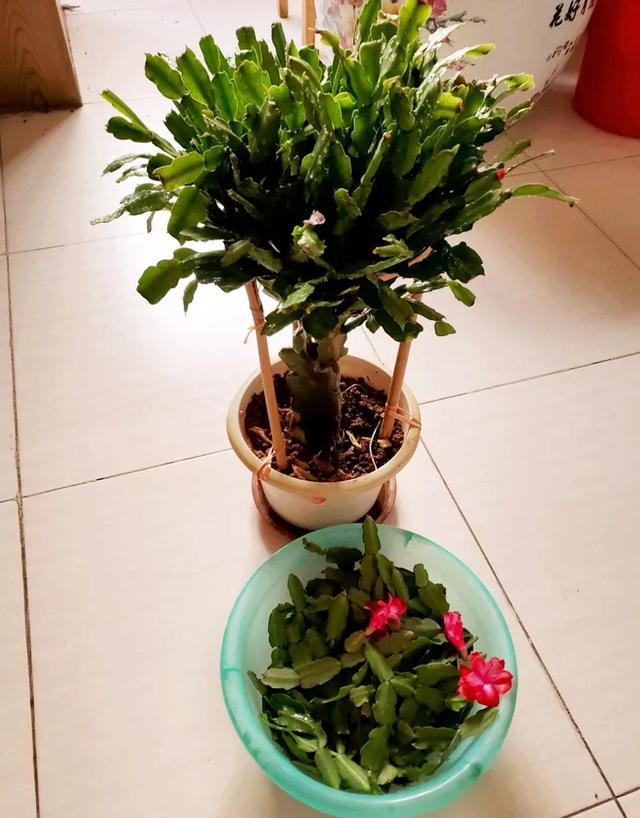
Figure author | 2011 etc._GF
2. If the leaves of Christmas cactus (Fairy Finger) are particularly long, or it is an old stump, it is recommended to cut more of them after flowering to reduce the burden, make it lighter, and make it easier to recover.
Before pruning
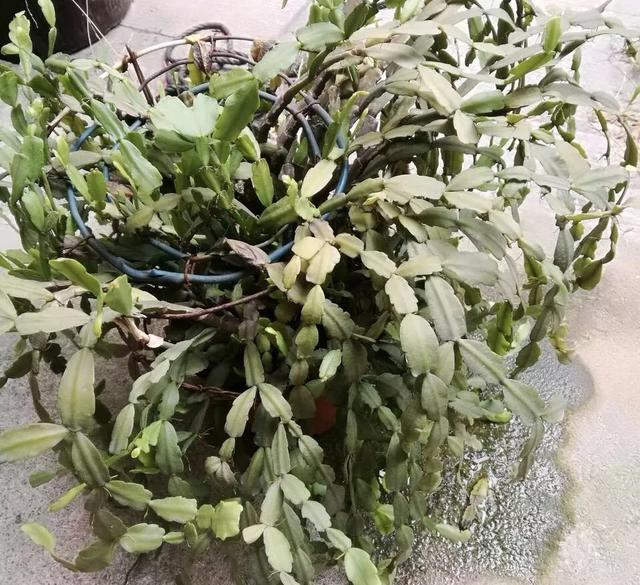
After trimming
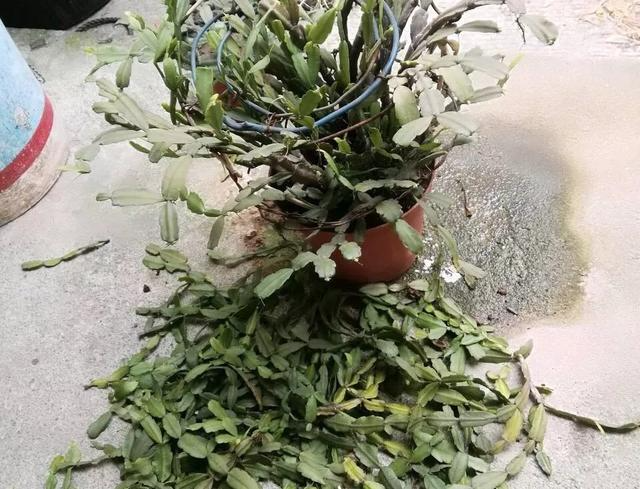

Prune the daphne lightly after it blooms, and don't prune it too hard.
Daphne koreana grows slowly, so heavy pruning is not recommended unless under special circumstances. Just lightly prune the branches after the flowers bloom in spring.
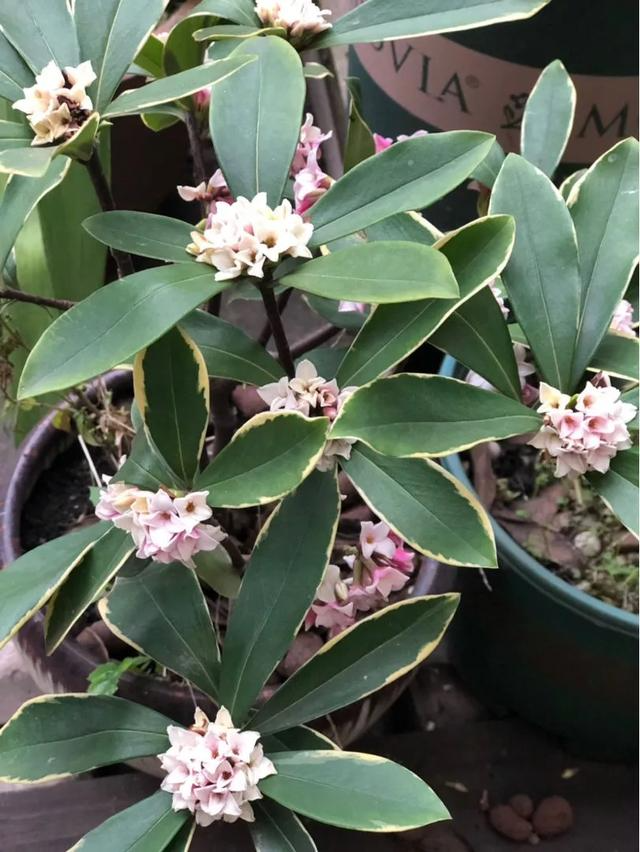
1. After flowering, the branches should be cut about 0.5-1 cm above the 2nd-3rd pair of leaves under the flowers, and the cutting should be done above the leaves with strong buds.

2. Note that if buds have sprouted after your flowers have faded, it is not recommended to keep them, because these buds not only waste nutrients, but also affect the future shape of the plant.
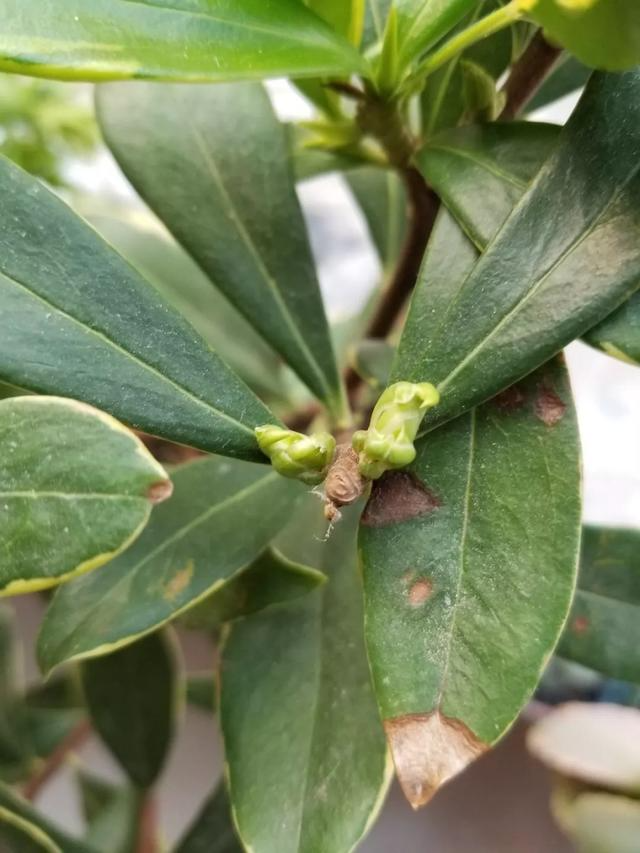

If you cut the Phalaenopsis here after it blooms, it will bloom again!
It is also very simple to prune Phalaenopsis. Generally, you just need to cut the flower stalks after the flowers bloom. However, there is actually a lot of knowledge in cutting the flower stalks. If you cut them well, they can bloom again, and even grow tall buds to reproduce small Phalaenopsis.

1. After the Phalaenopsis orchid has finished blooming, if the pedicel has dried up, or turned black or gray, you can cut off the pedicel, leaving only the bottom 1-2 cm, and wait for it to dry naturally.
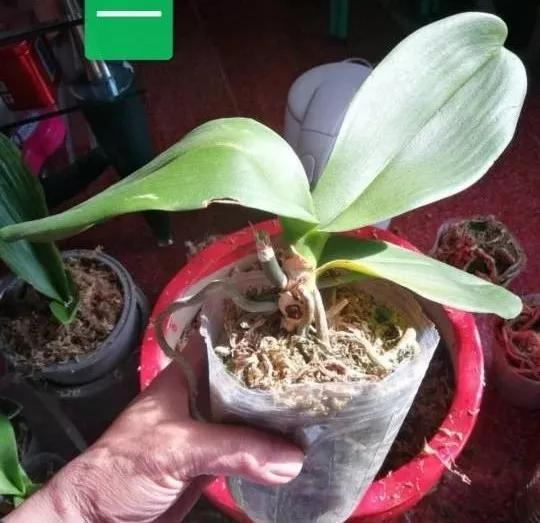
2. If the flower stalks are relatively fresh, only cut off the dry ones, leaving at least 2-3 nodes from top to bottom, and apply some phosphorus and potassium fertilizers. If the temperature at home is below 18 degrees, new flower arrows may grow.
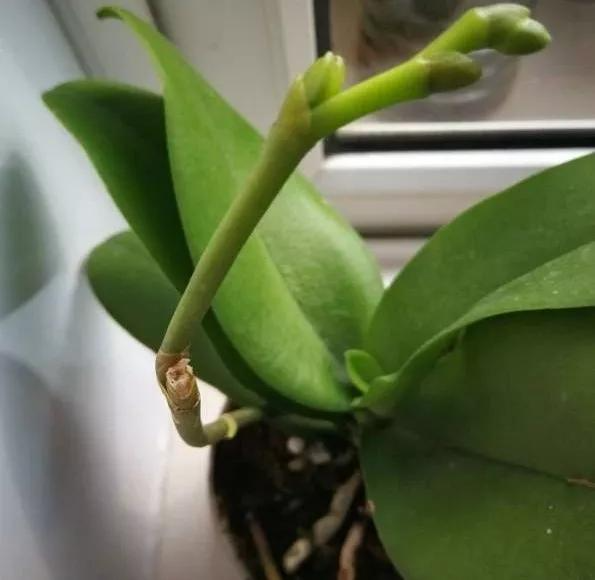
3. If the temperature at home is higher than 18 degrees, it is possible that high buds will grow. After the buds grow 2-3 roots, you can transplant them into new pots.
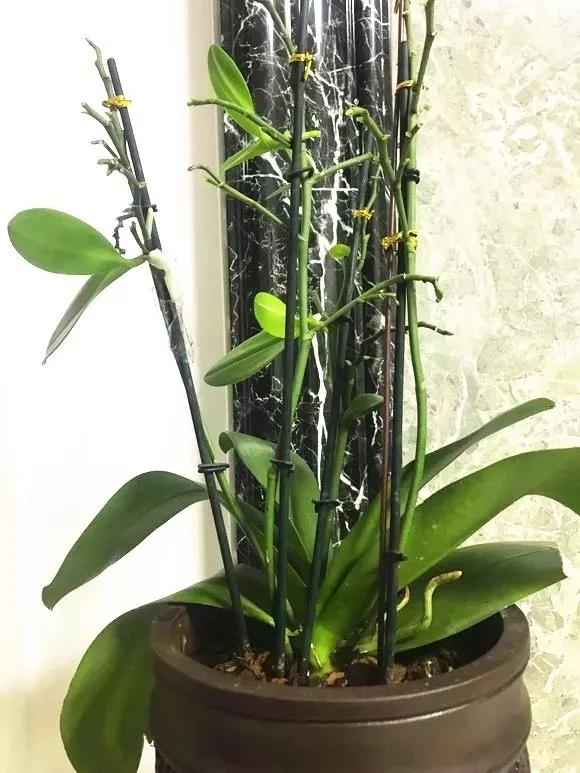
Image by: Baiqing6669

Pick the remaining azalea flowers, maybe they will bloom again!
The rhododendrons that we bought home during the Chinese New Year have basically finished blooming. Whether or not to prune them after flowering and how to prune them are definitely issues that everyone is concerned about.
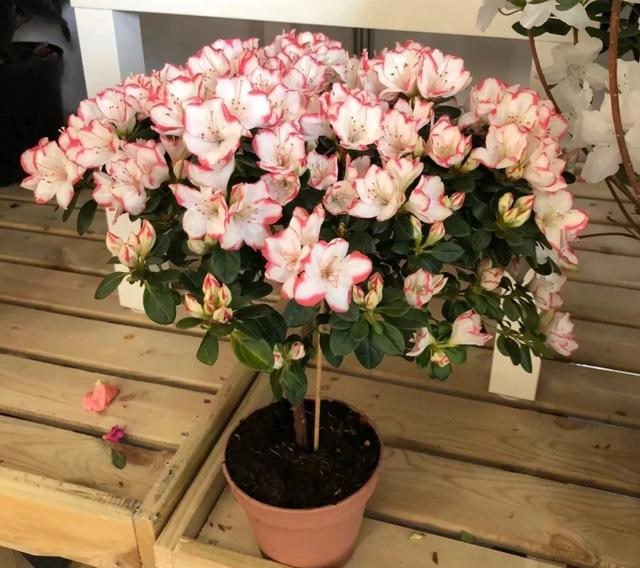
1. For azaleas that have just finished their first season, there is no need to prune them too much. Just remove the remaining flowers and the receptacles under the remaining flowers, then add some phosphorus and potassium fertilizers and increase the light. In this way, buds may appear on both sides of the receptacle and bloom again. Trailing buds may also grow.
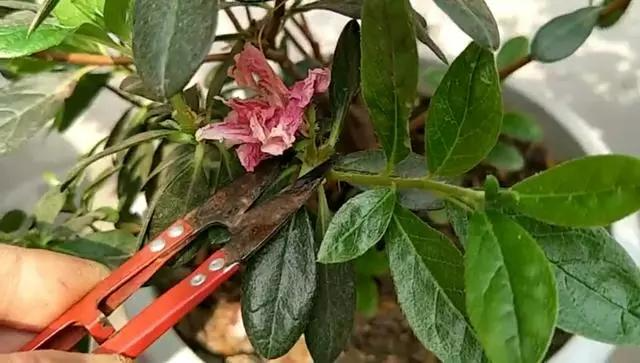
2. After the second wave of flowers has bloomed, prune it again, cut off the remaining flowers and 1-2 leaves under the flowers, and at the same time cut off diseased branches, dead branches, crossed branches, overgrown branches, and overly dense branches, so that the azalea can restore its mushroom head shape.
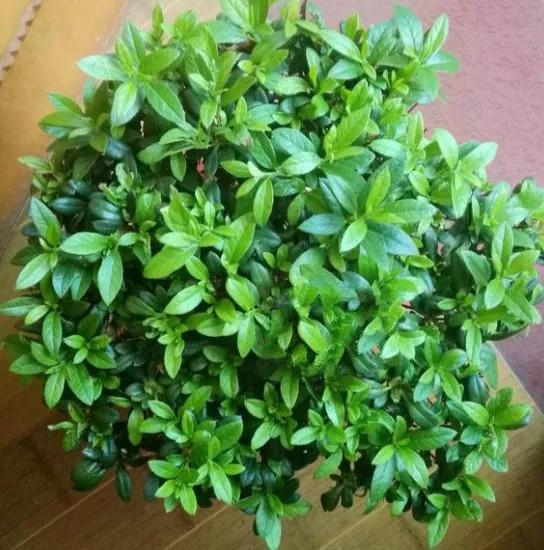

Camellia grows slowly, so don’t prune it too hard!
Camellia grows slowly, and heavy pruning is generally not recommended unless it is for shaping. Only experienced masters will re-prune it. Novices should not re-prune it easily, as the worst option is to lose the flowers or even kill them.
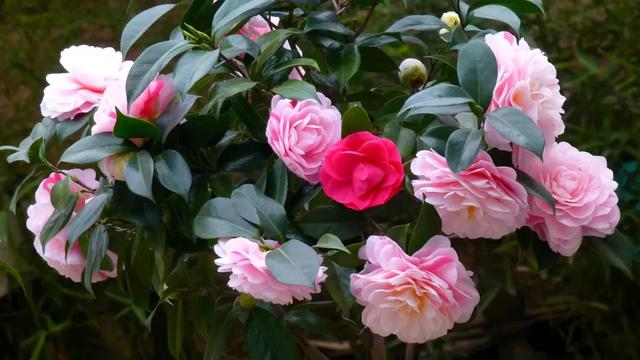
Image by: -3 degrees zhu
1. The time to cut is usually after flowering, when new buds have not yet sprouted. The cutting position is about 0.5-1 cm above the third leaf under the flower, and the incision should be cut obliquely.
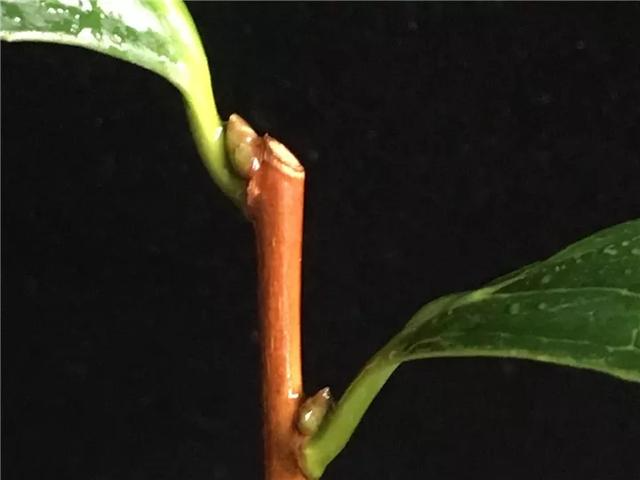
Image by: Veterinarian
2. Cut off crossed branches, dead branches, diseased branches and loose branches together, and do not prune them heavily at will.
Before pruning
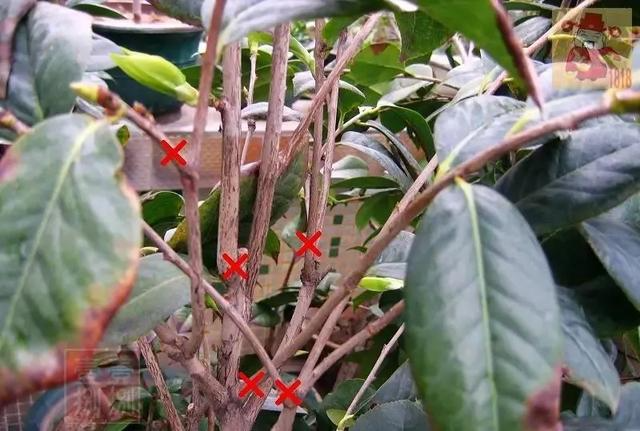
After trimming
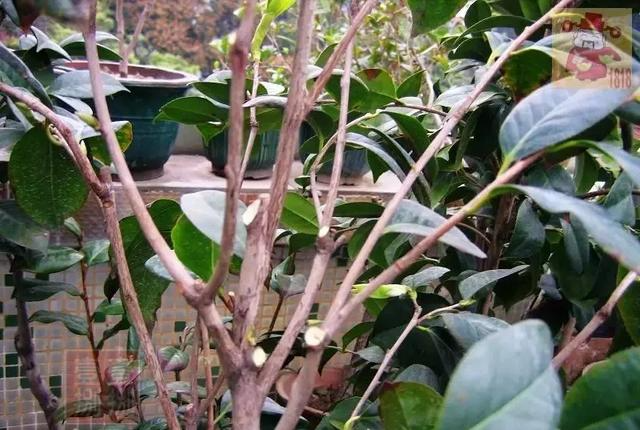

Cyclamen should be pruned lightly after flowering, and heavily pruned in summer!
Cyclamen can be described as a flowering machine. If you buy it home in winter, it can continue to bloom until early summer. However, you must remember to prune it in time after each flower has bloomed, otherwise it will produce seeds after flowering, which is a waste of nutrients and affects flowering.
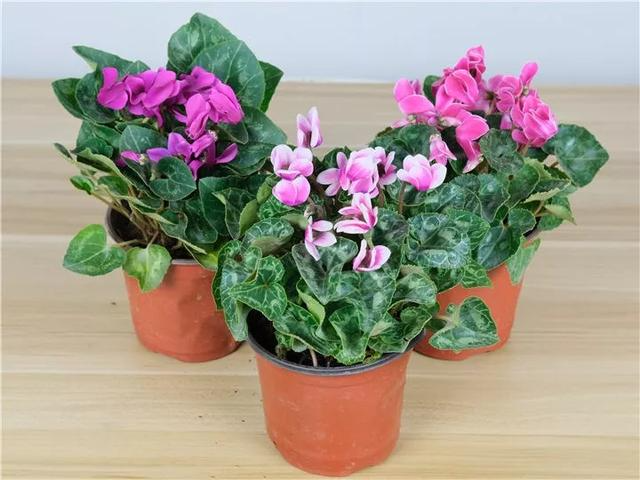
1. Every time you see cyclamen flowers withering, you should cut off the withered flowers and peduncles, leaving 2-3 cm at the bottom of the peduncle, and wait for it to dry up naturally and fall off by itself.
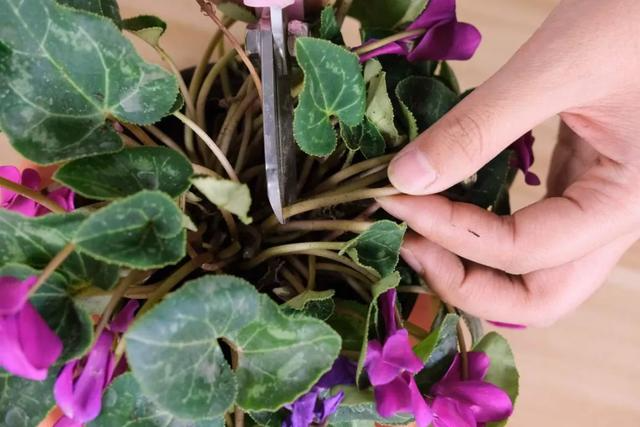
2. The focus of cyclamen pruning is in summer. It is afraid of high temperatures and will hibernate in summer, so as the temperature rises, the number of its leaves should be slowly reduced, leaving only 3-5 small leaves for the summer.
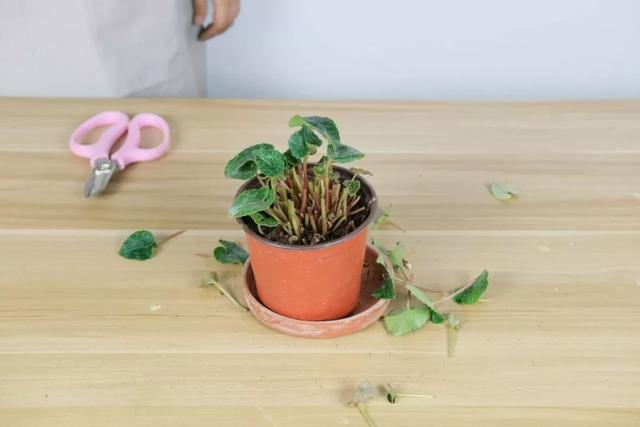

Cut the Clivia off after it blooms to preserve its nutrients and shape!
Clivia generally does not require too much pruning, unless it has just finished blooming or when repotting in spring, it is necessary to cut the withered flowers and roots.
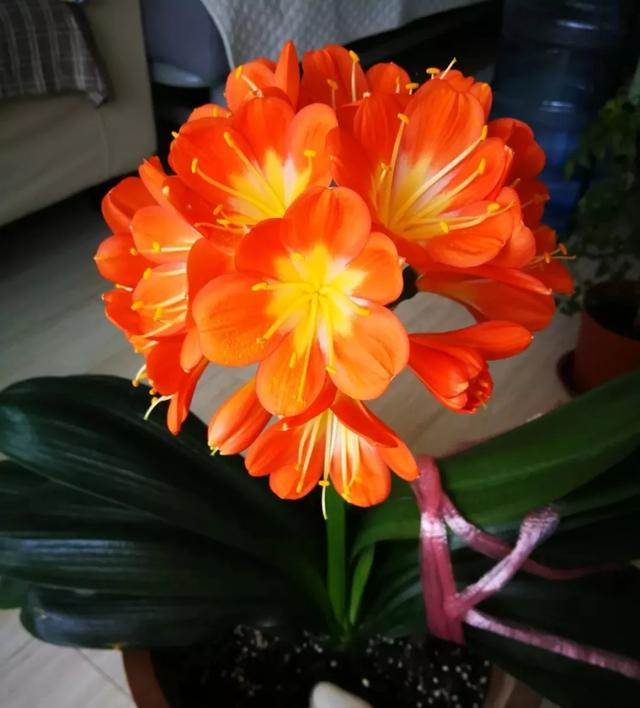
1. Clivia, which blooms early, has basically finished blooming now. After the flowers fade, if you don’t want to keep the seeds, you can leave 3-5 cm from the lower end of the flower stalk and cut off the rest. After a while, the flower stalk will dry up and fall off by itself.

2. After cutting, some juice will come out of the flower stalk. At this time, you should quickly wrap the cut with toilet paper to prevent the juice from flowing into the core of the Clivia leaf and causing the core to rot. In addition, cutting off the flower stalk will help the Clivia maintain a good plant shape.
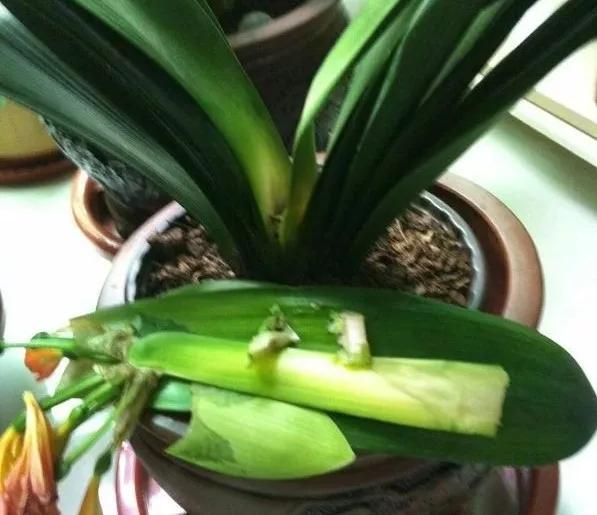
3. In addition, spring is also a good time to repot Clivia. When repotting, remember to pull out the empty roots (roots that are hollow when pinched) and rotten roots, then disinfect them, dry the wounds and then repot.
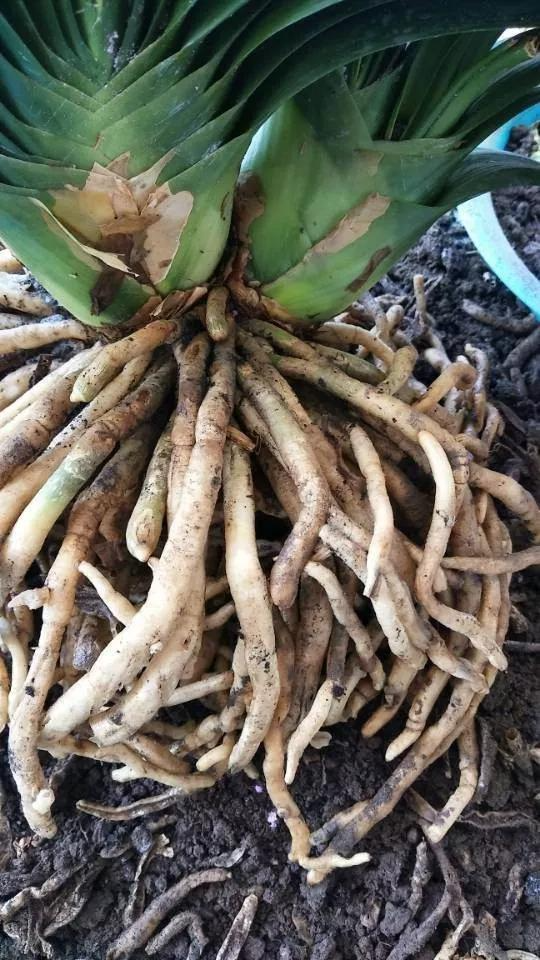

If you cut the daffodils after they bloom, they can still bloom for 3 years!
Most people treat daffodils as one-season flowers and throw them away after they bloom. In fact, if you have patience, you can prune them and continue to grow them for 3 years, waiting for them to bloom again.
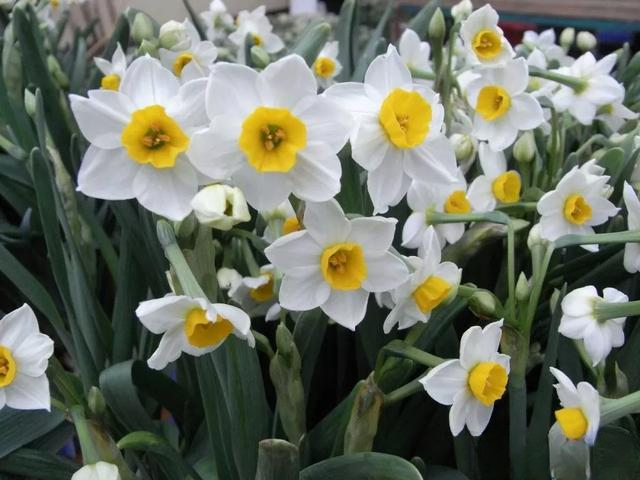
1. After the hydroponic daffodils have bloomed, cut off the remaining flowers and peduncles, keep the green leaves, and then plant them in the soil or in the ground.
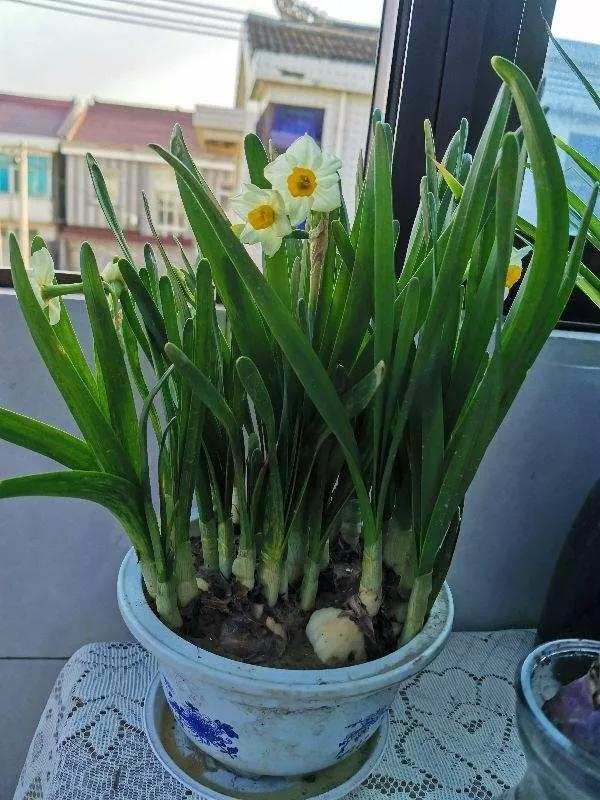
2. Generally in summer, the leaves of daffodils will wither and go dormant. You can cut off the leaves and stop watering. It will grow leaves again in autumn. You can continue to take care of the leaves. It will not bloom until the third year.
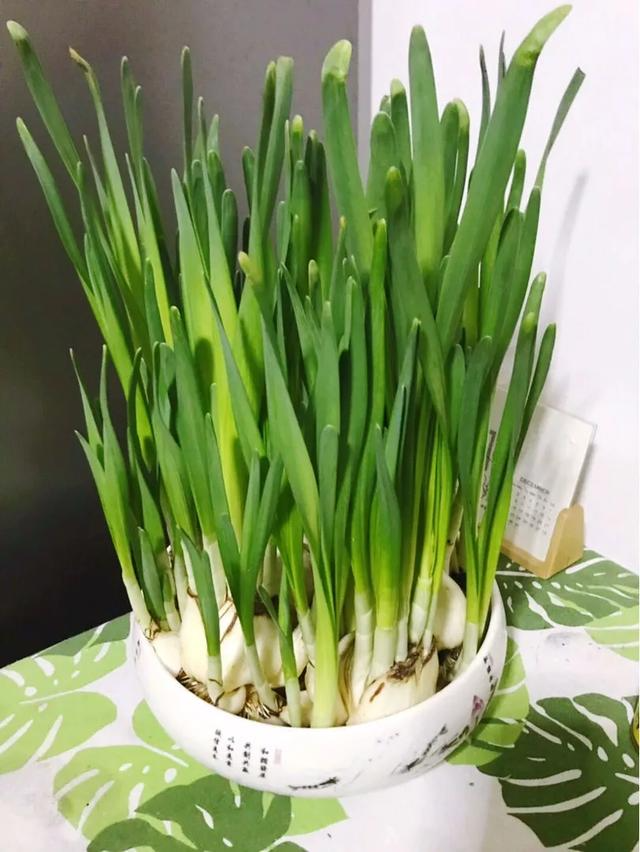

You can cut the rose before it sprouts, but never cut it after it sprouts!
The roses suitable for spring pruning are those that have not been pruned in winter, and they can only be pruned if they have not sprouted. Once they sprout, they must not be pruned.
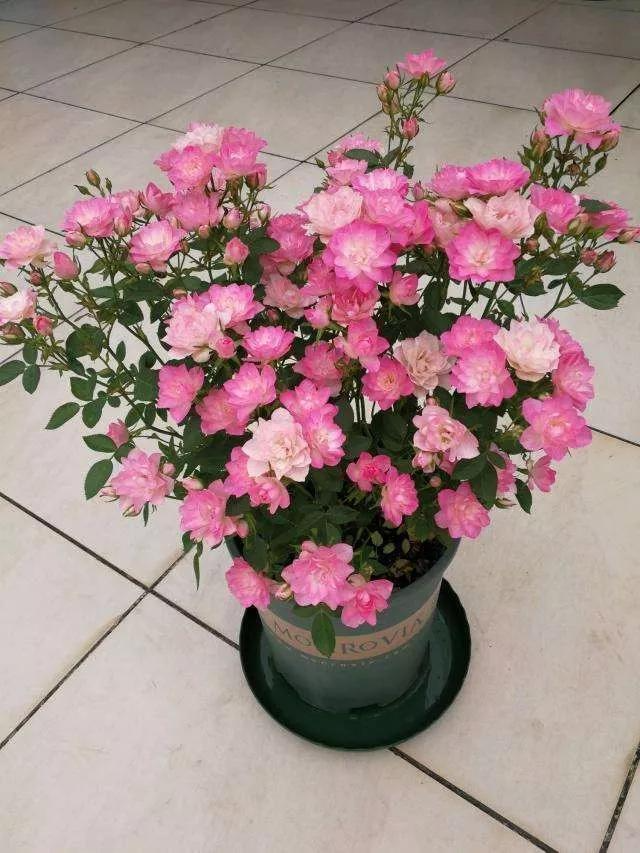
1. There is no need to cut too much for climbing roses. Just comb the branches, cut off weak branches, and pull and shape them so that they can climb all over the wall.
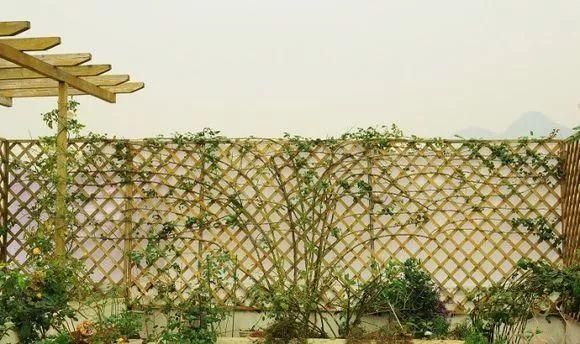
Image by: Dboy Public Enemy
2. Shrub roses and miniature roses can be heavily pruned, cutting off 1/2 or 2/3 of the height of the entire plant, leaving relatively strong main branches.
Before pruning:
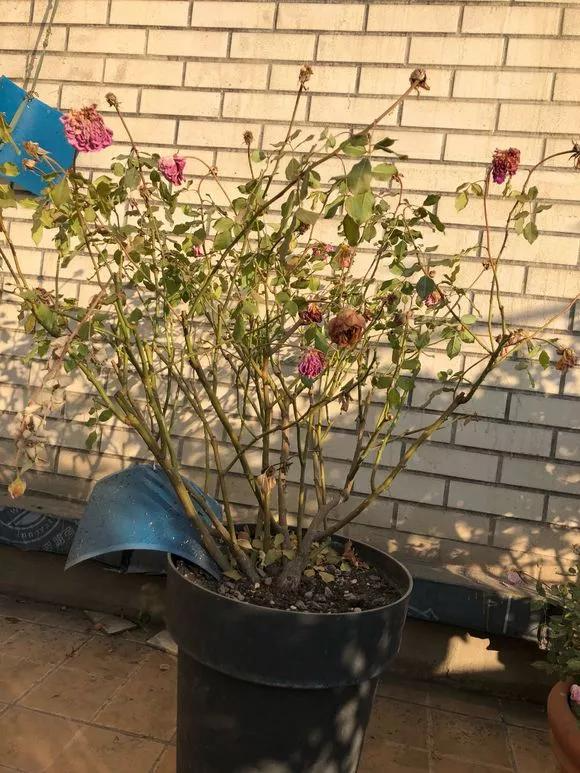
Image by: Big Ears
After pruning:
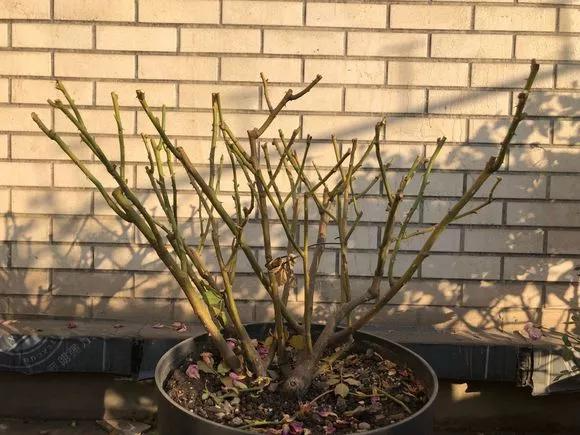
Image by: Big Ears

The shape of the jade plant is not good, spring is the best time to prune it!
The jade tree at home, also known as the swallow's palm by many people, does not need to be pruned in spring if the tree shape is good, just let it continue to grow. But if the tree shape is not good, it needs to be pruned.
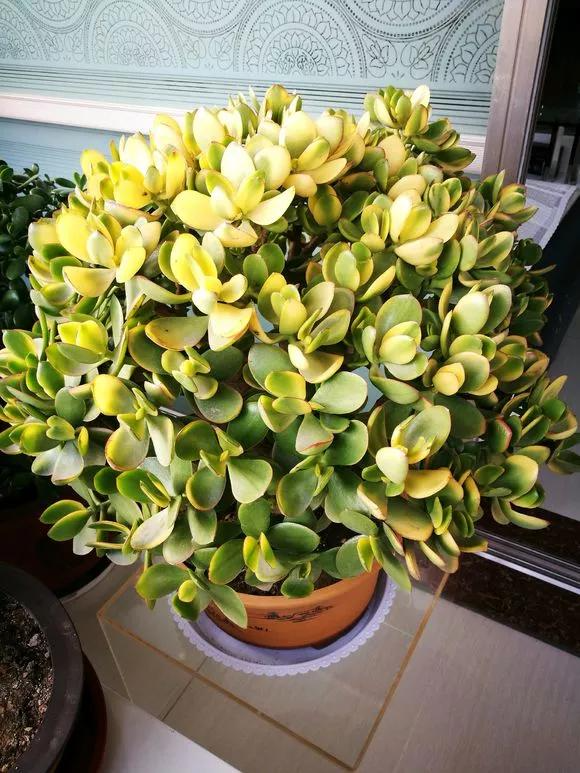
Image by: Golden Branches and Jade Leaves 750927
1. After a year of growth, the shape of the jade tree is a little out of shape, so you can give it a slight trim to make it more regular.
Before pruning
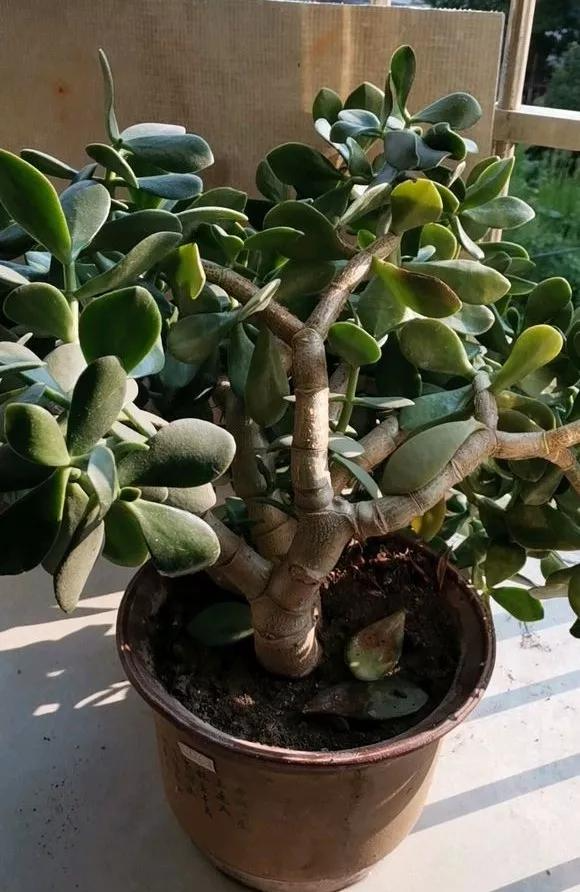
Image by: Remember the Heart
After trimming
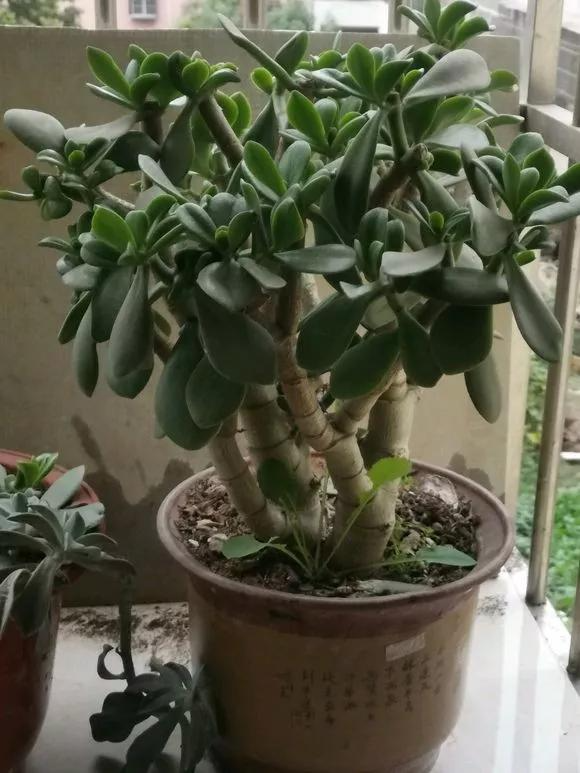
Image by: Remember the Heart
2. If the shape of your jade plant is too bad, you can give it a major reshaping and pruning when the spring comes and the flowers bloom. This way, when the weather is warm, small buds will pop out.
Before pruning
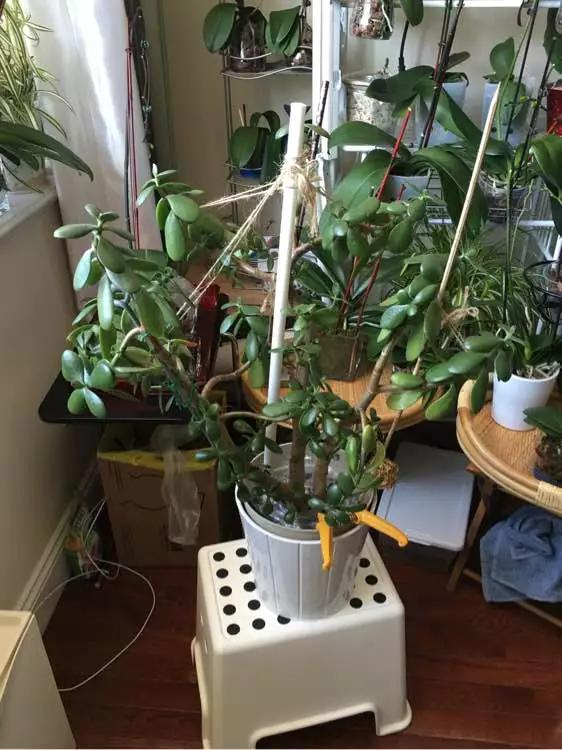
Image by: Beerying
After trimming
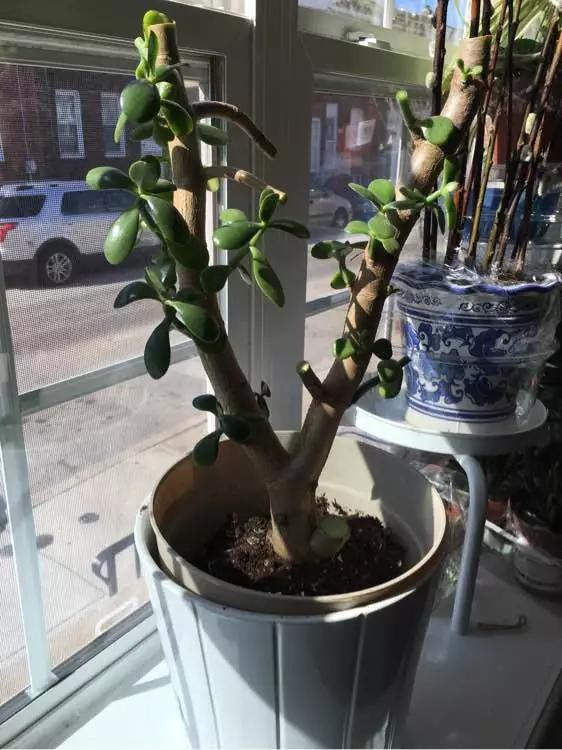
Image by: Beerying

Don’t prune gardenias in spring, or there will be no flowers to see!
Gardenia blooms on old branches in early summer, so it is not advisable to prune it in spring, otherwise you will not see flowers this year. However, if there are dead or diseased branches, they need to be cut off in time in spring to avoid wasting nutrients.
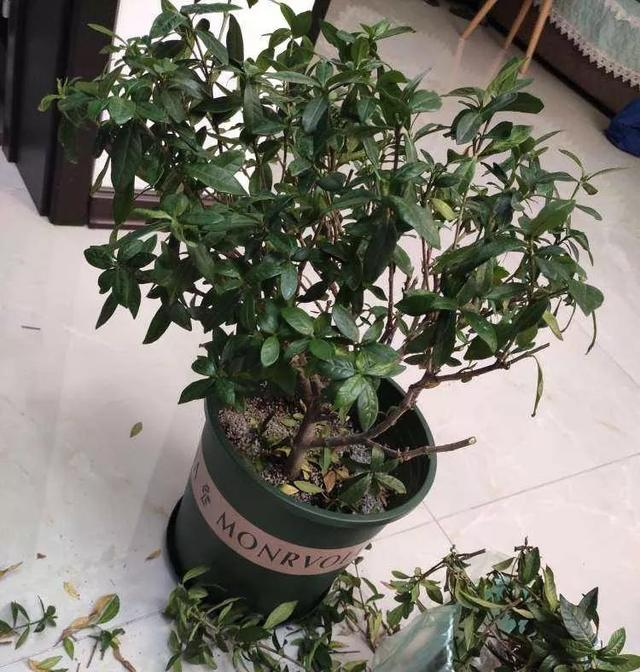

Prune the plum blossoms right after they bloom, or it will be too late for the buds to appear!
After the Chinese New Year, everyone’s plum blossoms have basically bloomed, and the best time to prune is after the flowers have faded. If you wait until the new buds grow before pruning, it will be too late!
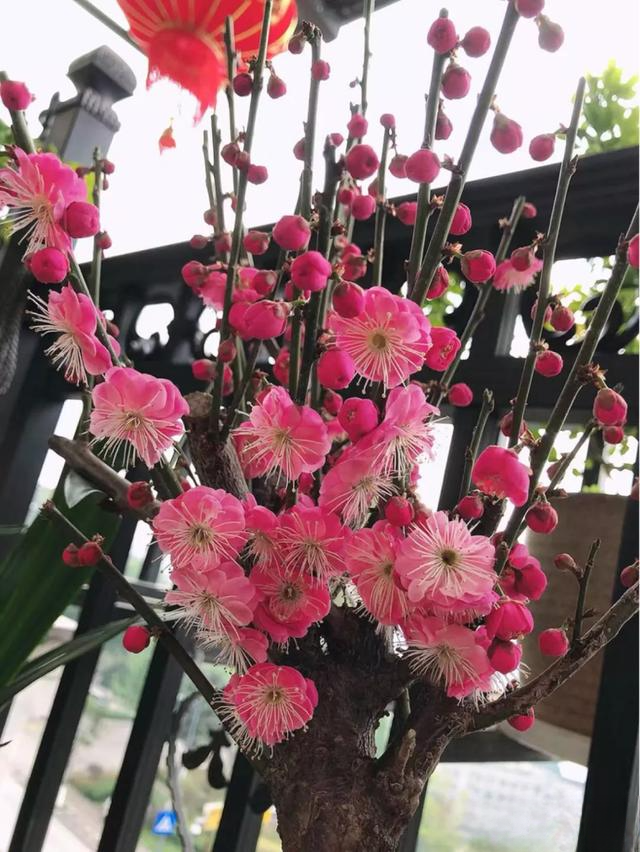
1. If you don’t have much experience in pruning, then be safe and cut short each branch that has bloomed, leaving only 2-3 buds on each branch.
Before pruning
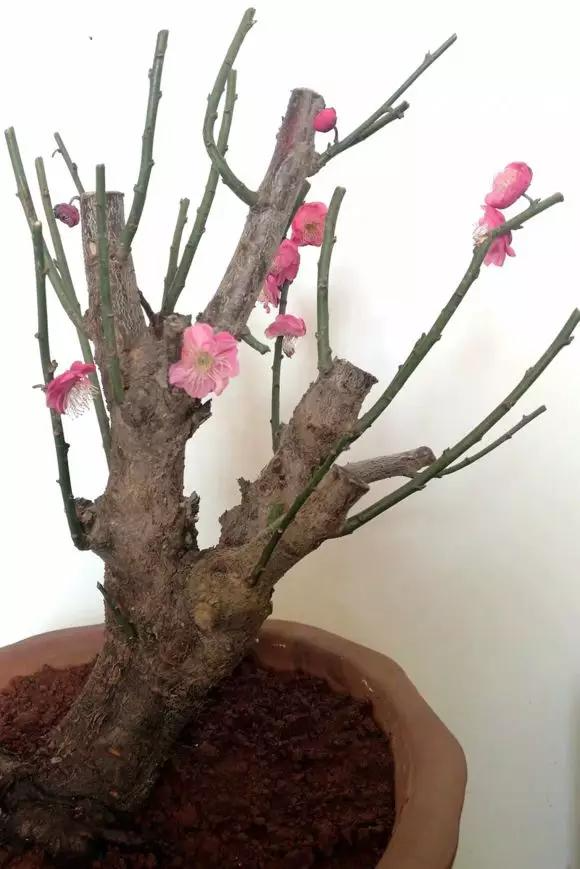
After trimming
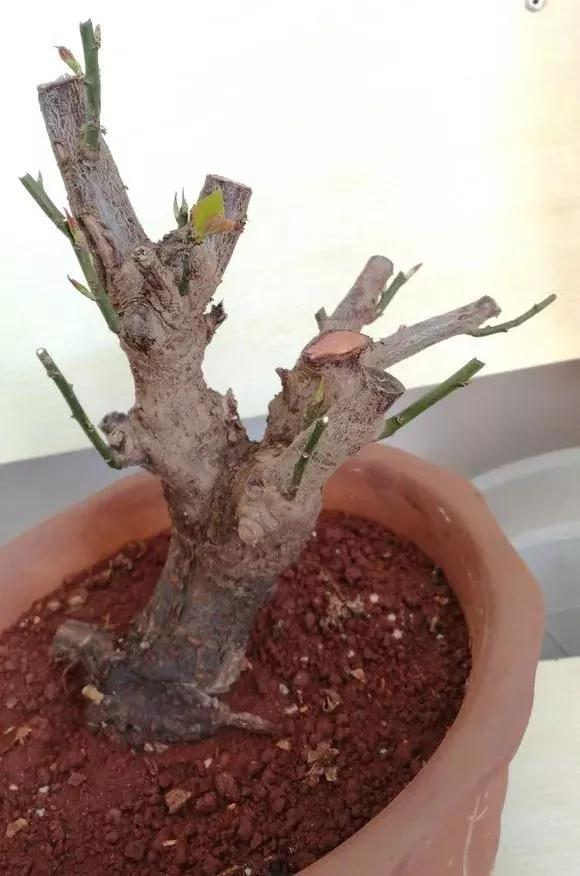
Image by: Feng Qingying
2. If you have rich pruning experience, you can make more beautiful shapes according to your own tree shape, but you must ensure that the top branches left after pruning must have 2-3 buds.
Before pruning
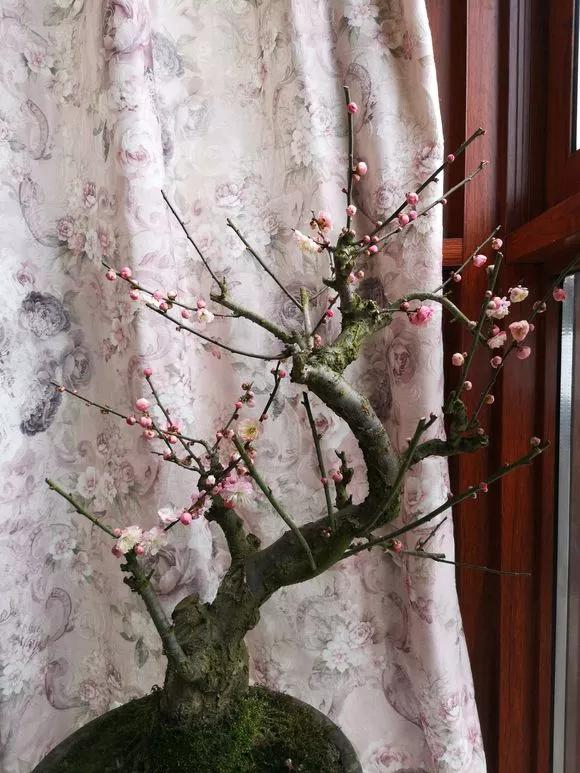
Image by: Su Erwei happy
After trimming
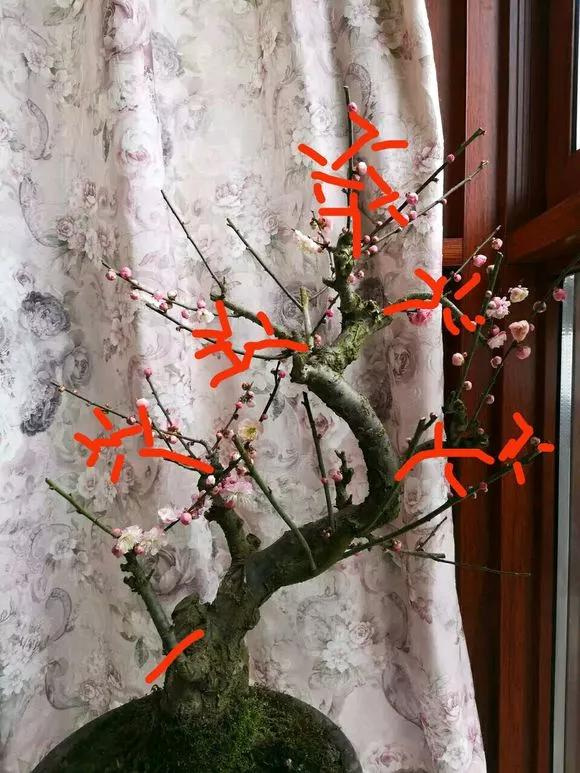
Image by: Su Erwei happy

Prune the wintersweet after it blooms, and cut off all weak and dead branches!
The pruning method of wintersweet is the same as that of plum blossom, which is to prune the branches after flowering, and at the same time cut off weak branches, dead branches, and overcrowded branches. If you want to shape it, you can cut more and harder.
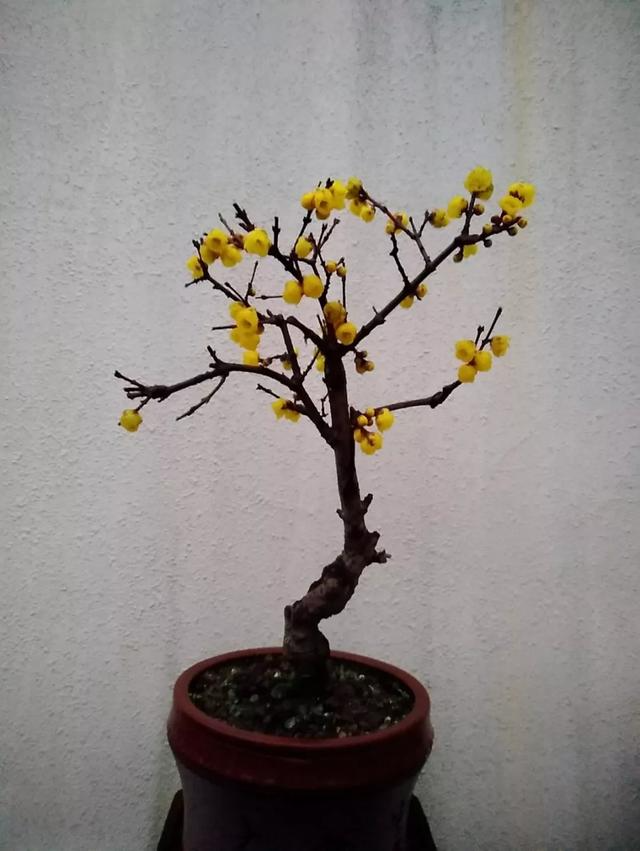

Prune the amaryllis immediately after it blooms so that it will be easier to maintain the bulbs!
The flowering of Amaryllis actually consumes the nutrients of the bulb, so it is necessary to prune it promptly after it blooms and keep the bulb in good condition, otherwise the bulb will easily shrivel.
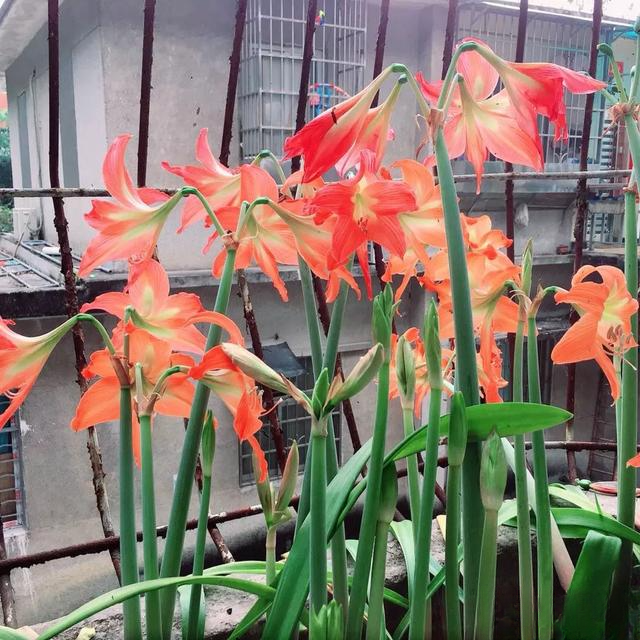
1. After the amaryllis has finished blooming, cut off the remaining flowers and pedicels, leaving only 2-3 cm at the bottom of the pedicel. After cutting, promptly absorb the juice that flows out of the incision with toilet paper, and then place the wound in a ventilated place to dry.
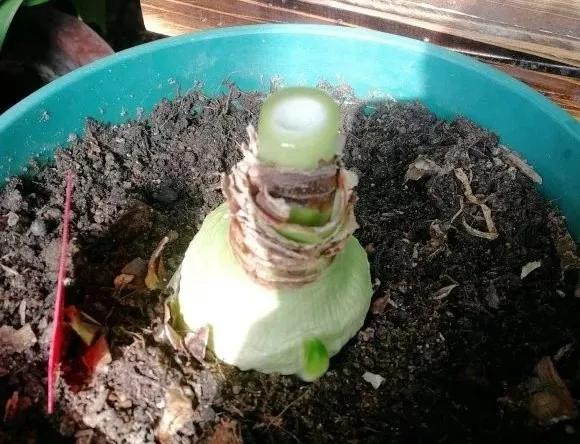
Image by: Single dog from the north
2. The rest is to take care of the leaves, let them photosynthesize and deliver nutrients to the bulbs. When the leaves are cut off in autumn and winter, the flower arrows will sprout again. You can also leave them uncut and let them grow naturally.
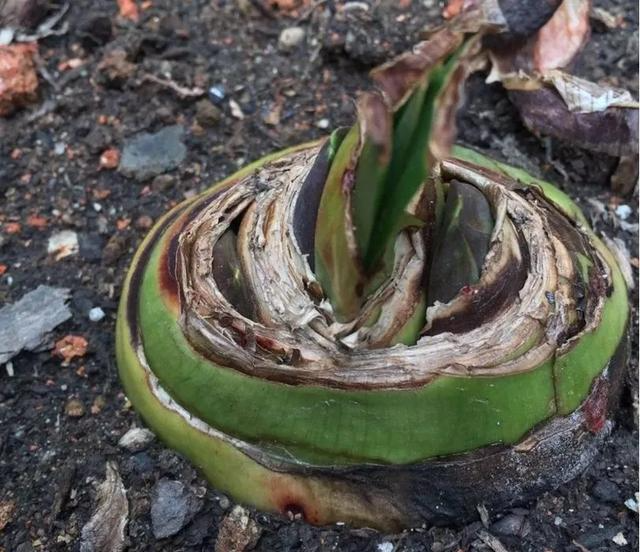

Prune the Kalanchoe immediately after it blooms, it will continue to bloom after pruning!
The Kalanchoe has basically finished its first wave of blooming now. It has a very long flowering period. If it is pruned in time, it will continue to bloom and can continue to bloom until summer.
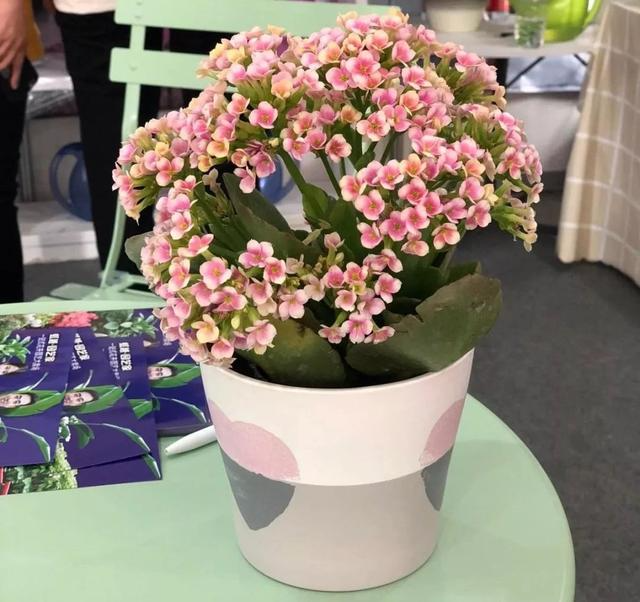
1. Prune the branches after flowering, cut off the remaining flowers and 1-2 pairs of small leaves under the flowers. After pruning, add phosphorus and potassium fertilizers, expose to more sunlight, and flower buds will grow again soon.
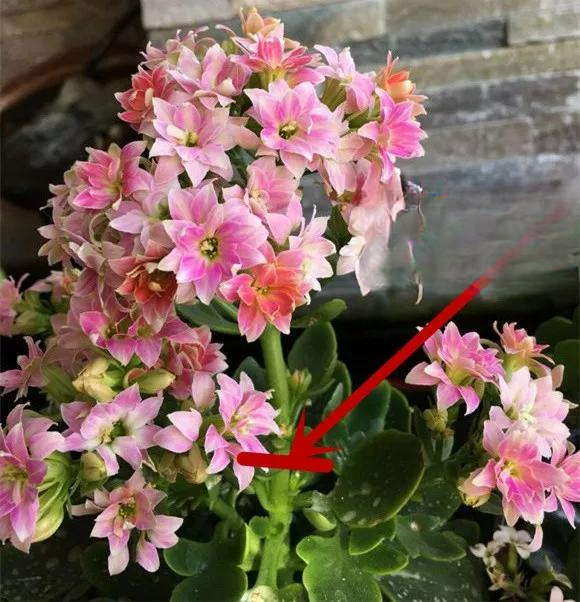
Image by: Listen to the Wind
2. If your Kalanchoe has been grown for more than 2 years and has become an old stump, then after the second batch of flowers have bloomed, you can prune it heavily to renew the branches, grow new branches, and produce more flowers.
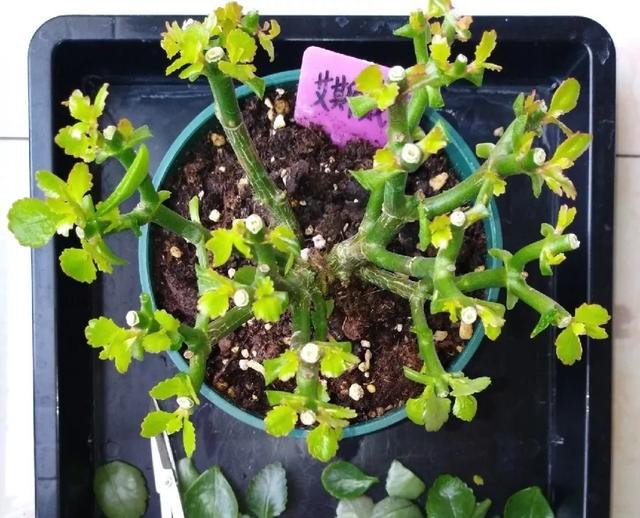
Image by | Sun, Moon and Stars

Osmanthus is suitable for cutting in spring to facilitate shaping!
The best time to prune osmanthus is in spring, January and February. It will be a little later in the north, but it must be pruned and shaped before its new buds sprout.
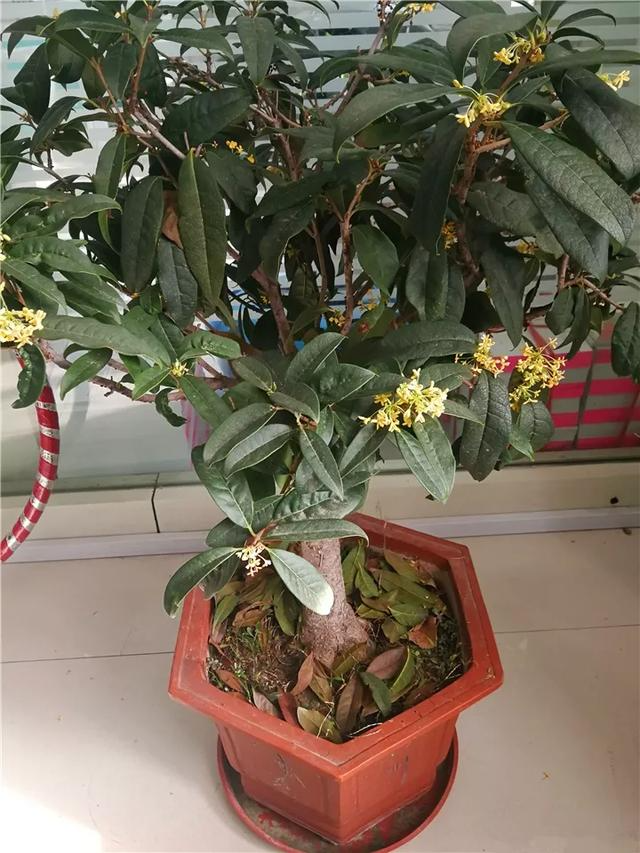
1. For osmanthus trees with good tree shape, you can just cut off the crossed branches, overgrown branches, diseased and insect-infested branches, and dead branches.
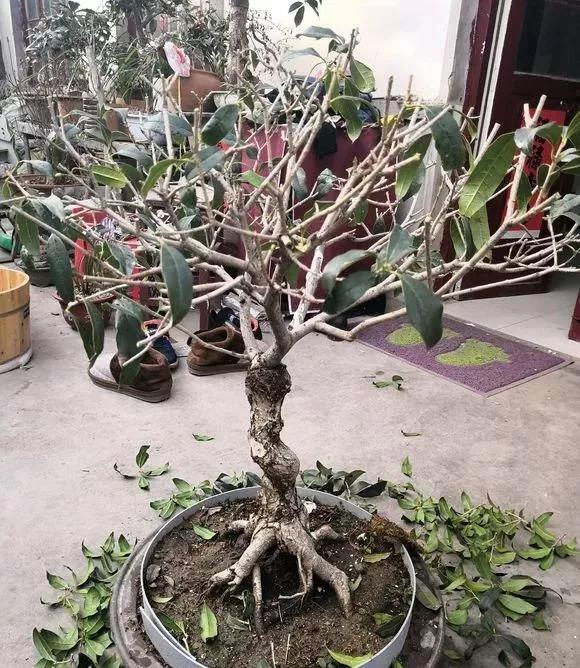
Image by: I love azaleas
2. If you want it to have more branches and a fuller crown, you can also give it a pruning on the top branches. Or you can use wire to pull the branches horizontally to make it grow more side buds and make the plant fuller.
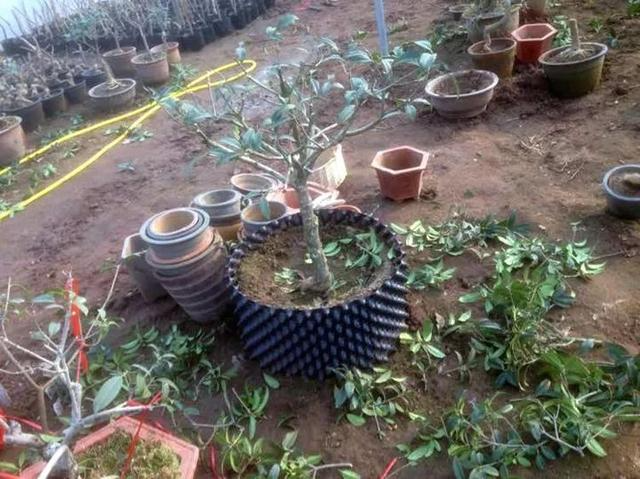
Image by: Willow Green
2. For osmanthus with poor plant shape and messy growth, you can prune it heavily, leaving only the second or third level branches from the bottom up.
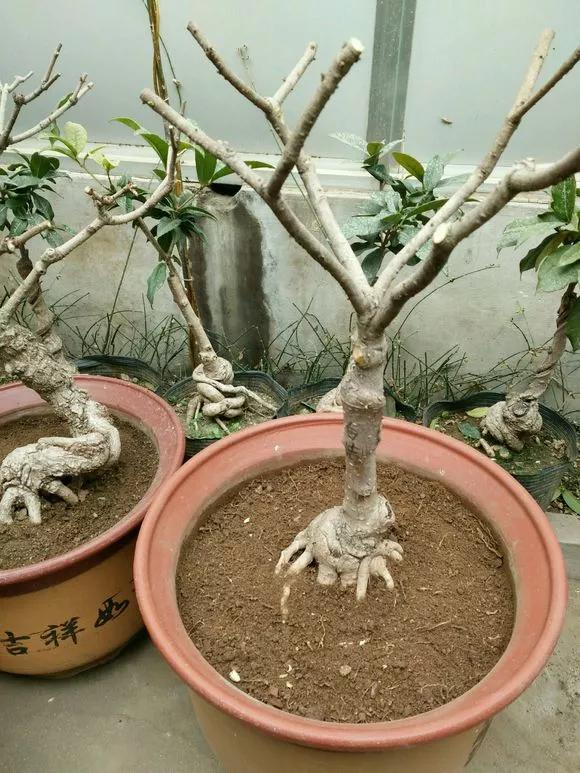
Image by: Xintai Osmanthus Fragrance

Jasmine needs to be pruned heavily in spring. The more you prune, the more flowers will bloom!
Jasmine is not suitable for pruning in winter, but is best pruned in spring. In the north, it should be done from the Waking of Insects to the Pure Brightness when the temperature is maintained at around 18-20 degrees.
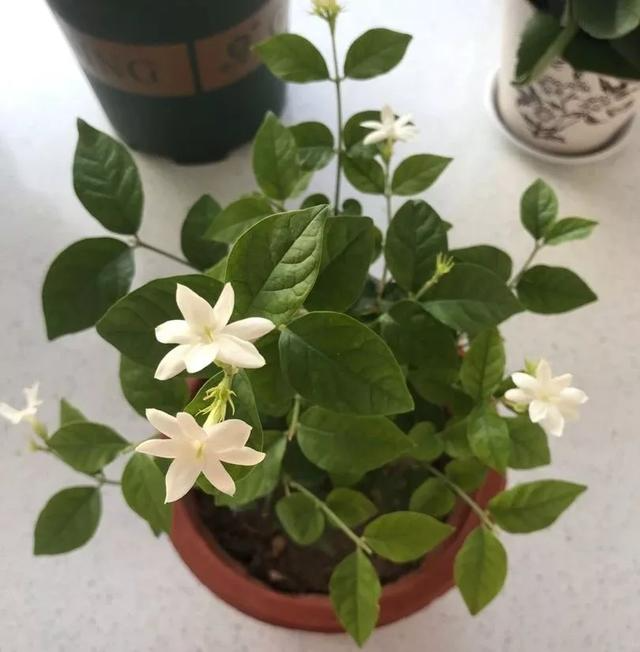
1. When heavy pruning, trim from 3-8 cm above the green stem, and ensure that each green stem has 2-3 buds.
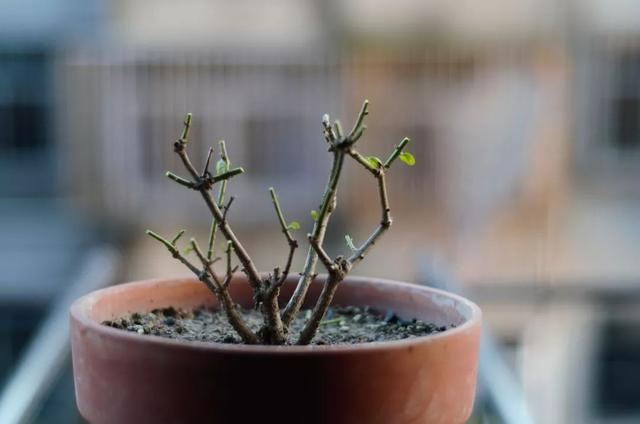
Image by |

breaking Dawn

2. After pruning, expose it to more sunlight, water it less or not at all, and new buds will soon emerge, then resume normal watering.
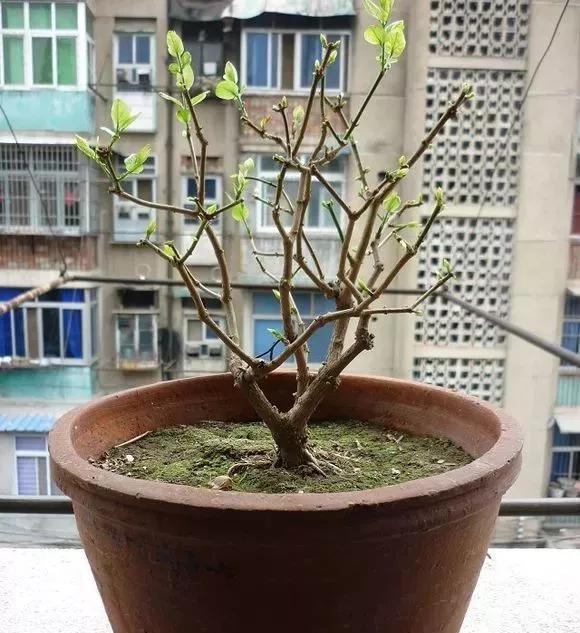
Image by | Moon Reflects the Bamboo

Don’t prune geraniums in spring, or they won’t bloom!
It is not suitable to prune geraniums in spring because spring is its growing season. Too much pruning will cut off the flowers. After the flowers bloom, you can give it a light pruning.
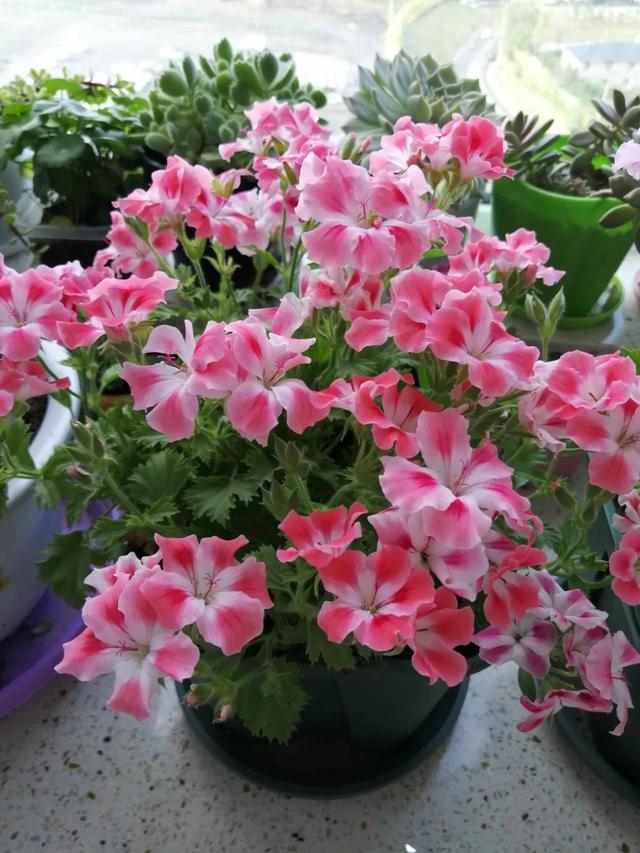
1. After the geranium has finished blooming, you need to cut off the remaining flowers, pedicels and 1-2 leaves under the flowers, as new flower buds will continue to emerge.
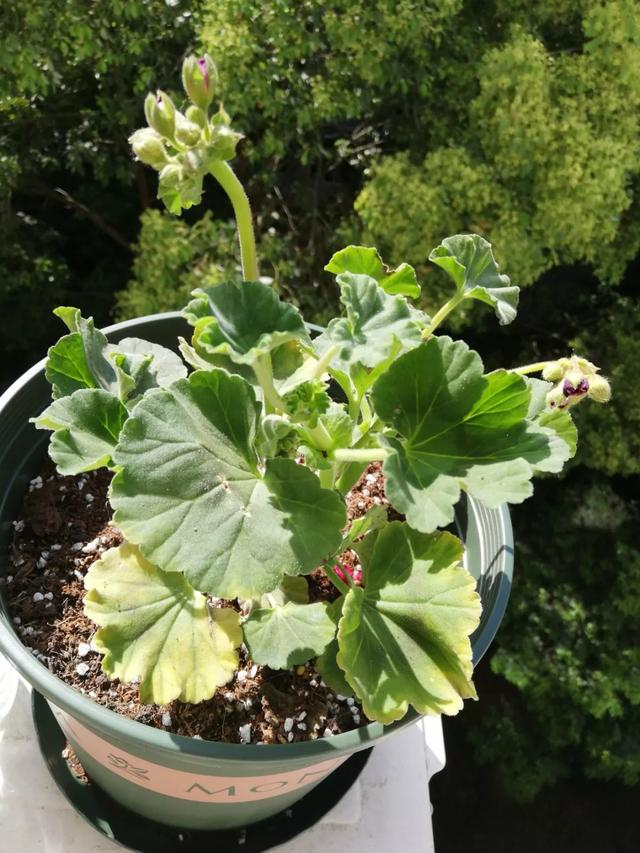
2. For young geranium seedlings that are propagated by cuttings or sowing, the main task is to make the plant full. You need to continue to top it to allow it to grow more side branches. Once the plant is full, you can let it bloom.
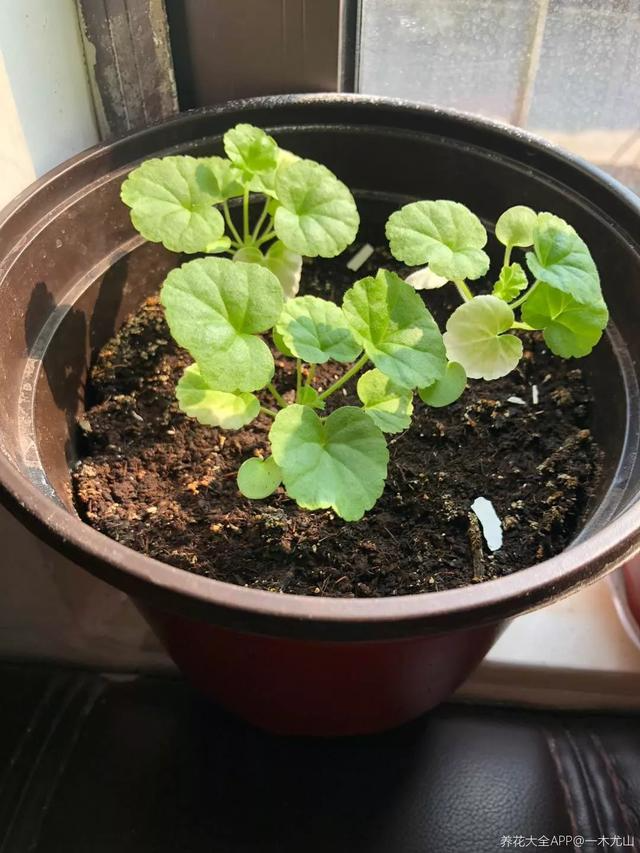

Desert rose, the harder you prune it in spring, the more it blooms!
Desert rose can be heavily pruned in spring when the temperature stabilizes at around 20 degrees.
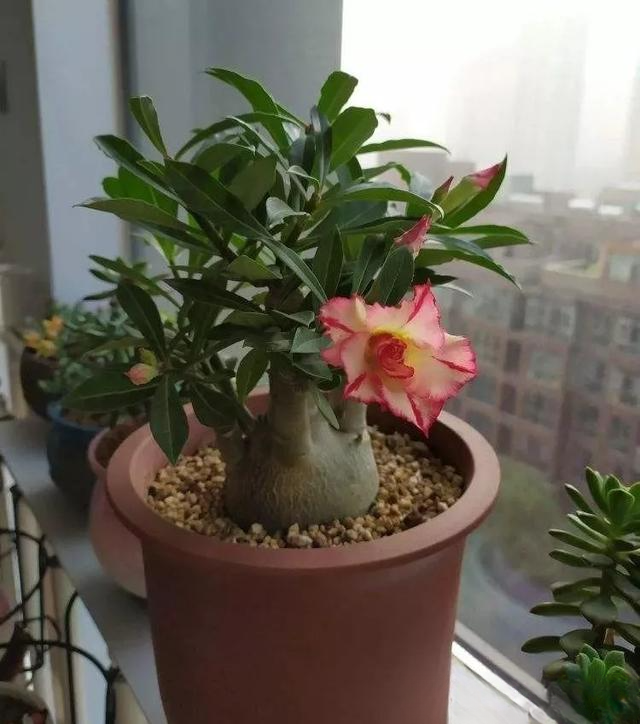
Image by: Songhua Egg
1. The cutting position is 5-8 cm above the bifurcation point of the branch, and cut directly with a sharp art knife or wallpaper knife.
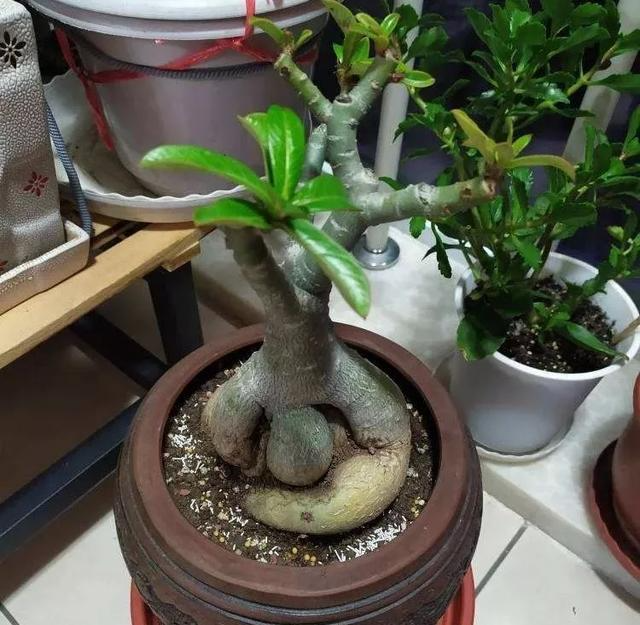
2. Sprinkle carbendazim powder on the wound after cutting, place it in a cool and ventilated place for 2-3 days, wait for the wound to heal, and after new buds emerge, expose it to more sunlight and do not water it unless it is dry.
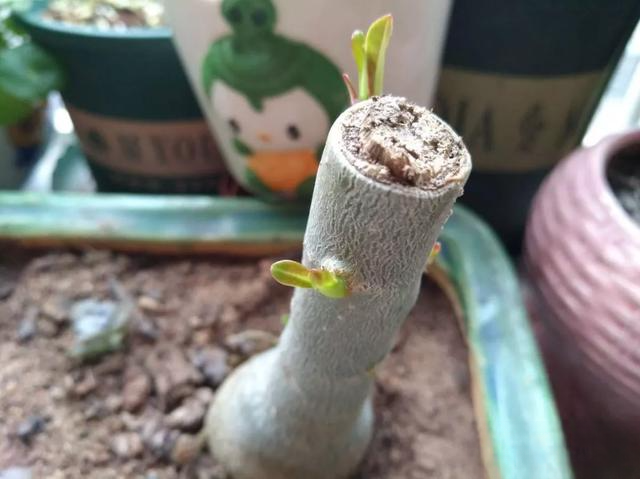

The more you cut the baby's breath, the more it will grow, and you can collect the seeds in early summer.
Although the flowers of baby's breath are small, they are unique and will look very beautiful if they fill the pot. The baby's breath sown in autumn has basically bloomed now.
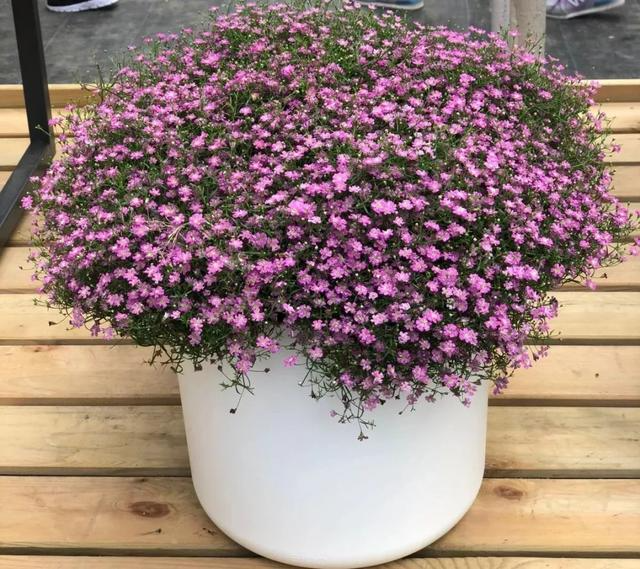
1. After a crop of baby's breath has bloomed, you need to prune the branches after flowering and the overgrown branches, as well as the yellowing and overcrowded leaves and branches at the bottom. At the same time, add dilute phosphorus and potassium fertilizers and expose it to more sunlight, and it will continue to bloom.
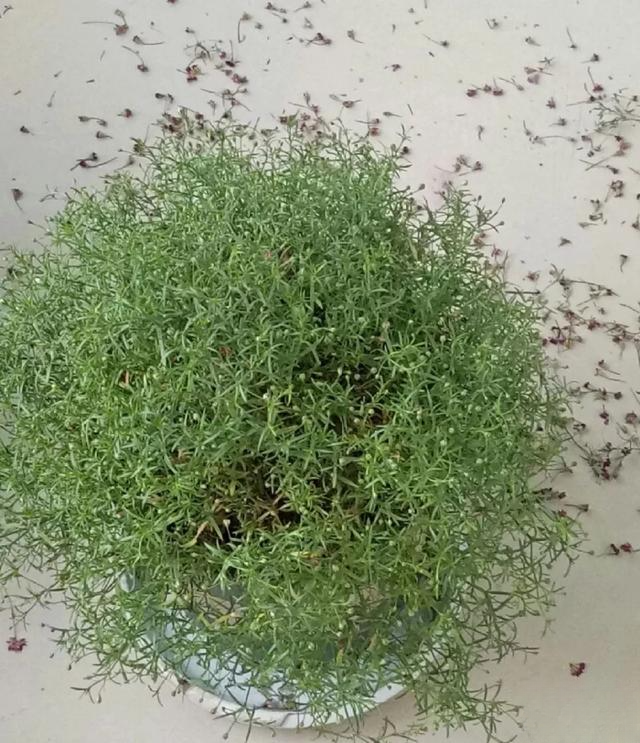
2. When summer is approaching, there is no need to prune the last batch of flowers. Let it produce seeds naturally. After the seeds are mature, collect the seeds and continue sowing in autumn.
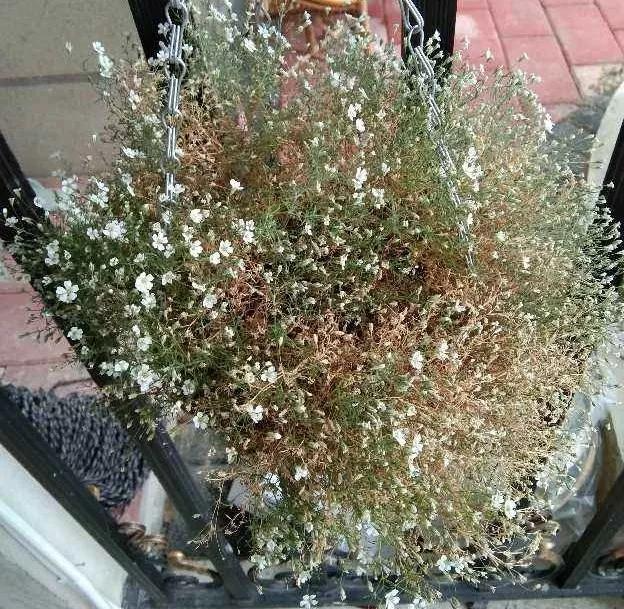
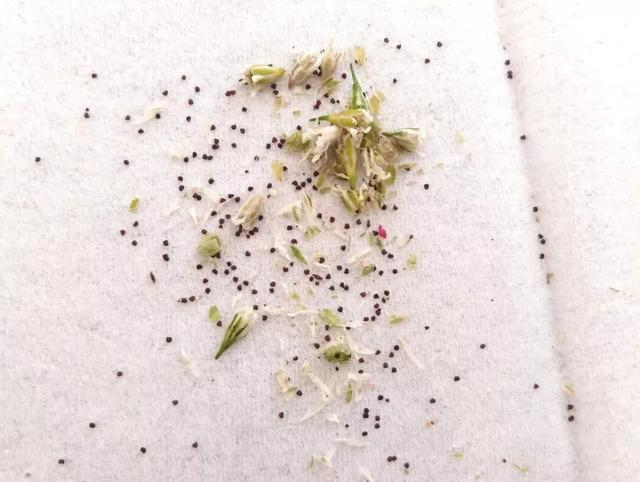

Don’t cut clematis randomly, different varieties have different cutting methods!
Different types of clematis have different pruning methods. If you prune too much for early bloomers, no flowers will bloom. If you prune too little for late bloomers, no flowers will bloom. If you have pruned clematis in autumn and winter, you don’t need to prune it in spring. If you haven’t pruned clematis in autumn and winter, you can prune it in early spring.
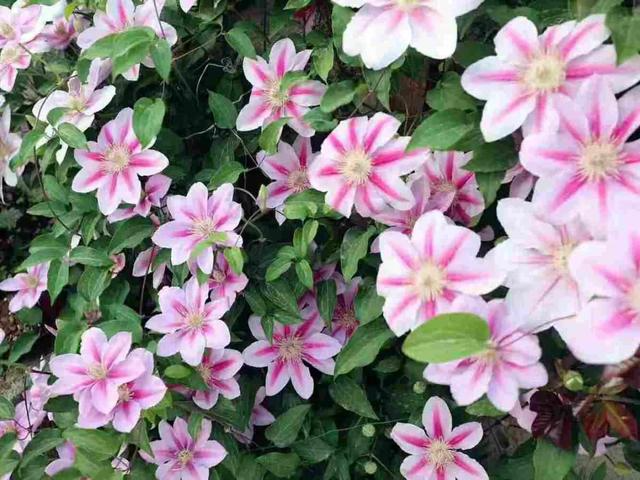
1. For a type of clematis that blooms on old branches in early spring, such as Brown Star, Green Eyes, Pink Rose, Elf, Apple Blossom, etc. There is no need to prune in early spring, because pruning will cut off the flowers. If you need to prune, just cut off the dead leaves and branches.
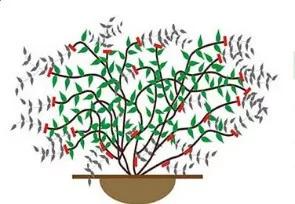
2. For the second type of clematis that can bloom on both new and old branches, such as: Crystal Fountain, Blue Light, Monica, Snow Queen, Elizabeth, Magic Fountain, etc. In spring, cut off the stem nodes without strong buds, leaving branches with strong buds, and try to leave as many branches as possible.
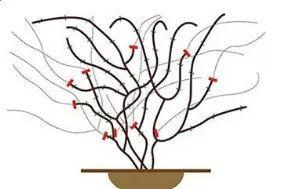
3. For the three types of clematis with new branches opening, such as: Blue Angel, Caroline, Countess, Gypsy Queen, Marble, Cardinal, Star of India, etc. Most of the old branches can be cut off in early spring, leaving only 3-7 nodes with strong buds. After flowering, you can continue to cut like this, and it can bloom from late spring to autumn.
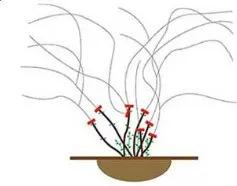

Cineraria
Cineraria is a very common New Year flower. Many people buy it and throw it away after it blooms once. It is such a waste. In fact, it can bloom again after pruning.

1. After the cineraria has finished blooming, cut off the remaining flowers, pedicels, yellow leaves and dead branches, add some 2000 times diluted potassium dihydrogen phosphate, expose it to more sunlight, and it will continue to produce flower buds.
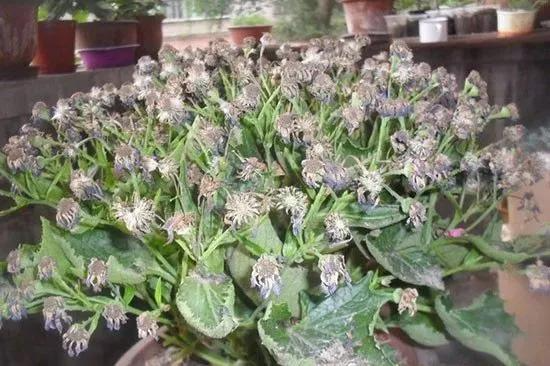
2. Wait until before summer, let it finish its last wave of blooms, do not cut it, let it produce seeds, and when the seeds are ripe, collect the seeds and sow them in autumn.
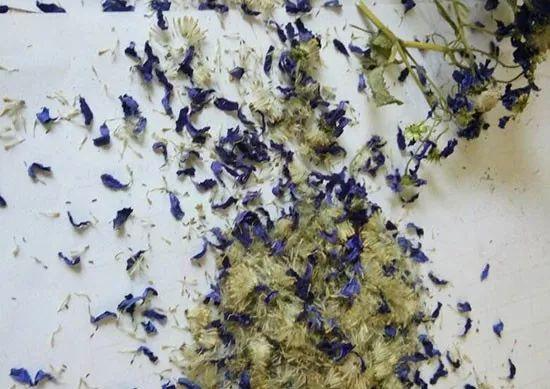

Hibiscus is resistant to pruning, so cut it more often in spring to ensure it sprouts!
During the flowering period of hibiscus, some flower lovers' hibiscus are still blooming, but the branches are all over the place, and only one or two flowers bloom at a time. It is better to prune it in the spring when the temperature is stable at above 18 degrees.
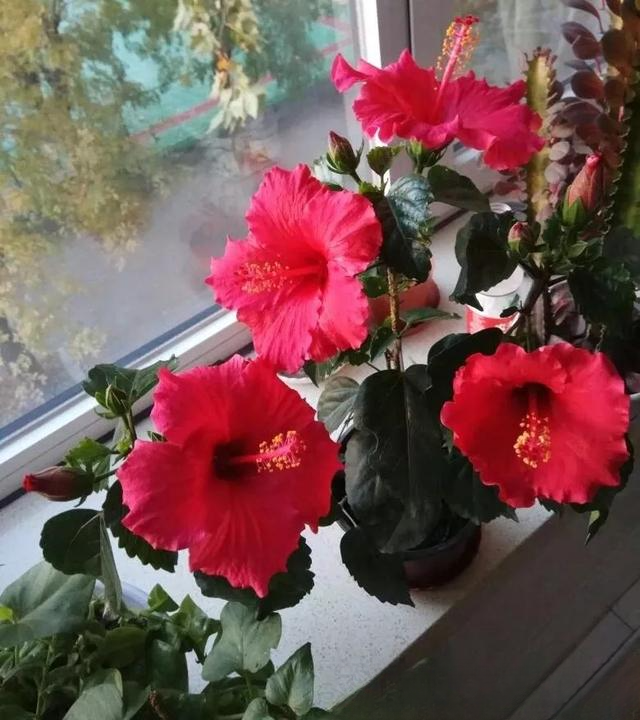
1. If the hibiscus in your home has grown into an old stump, you can renew its branches every two years. You can cut them to level 2 branches or leave them to level 3 branches.
Before pruning
